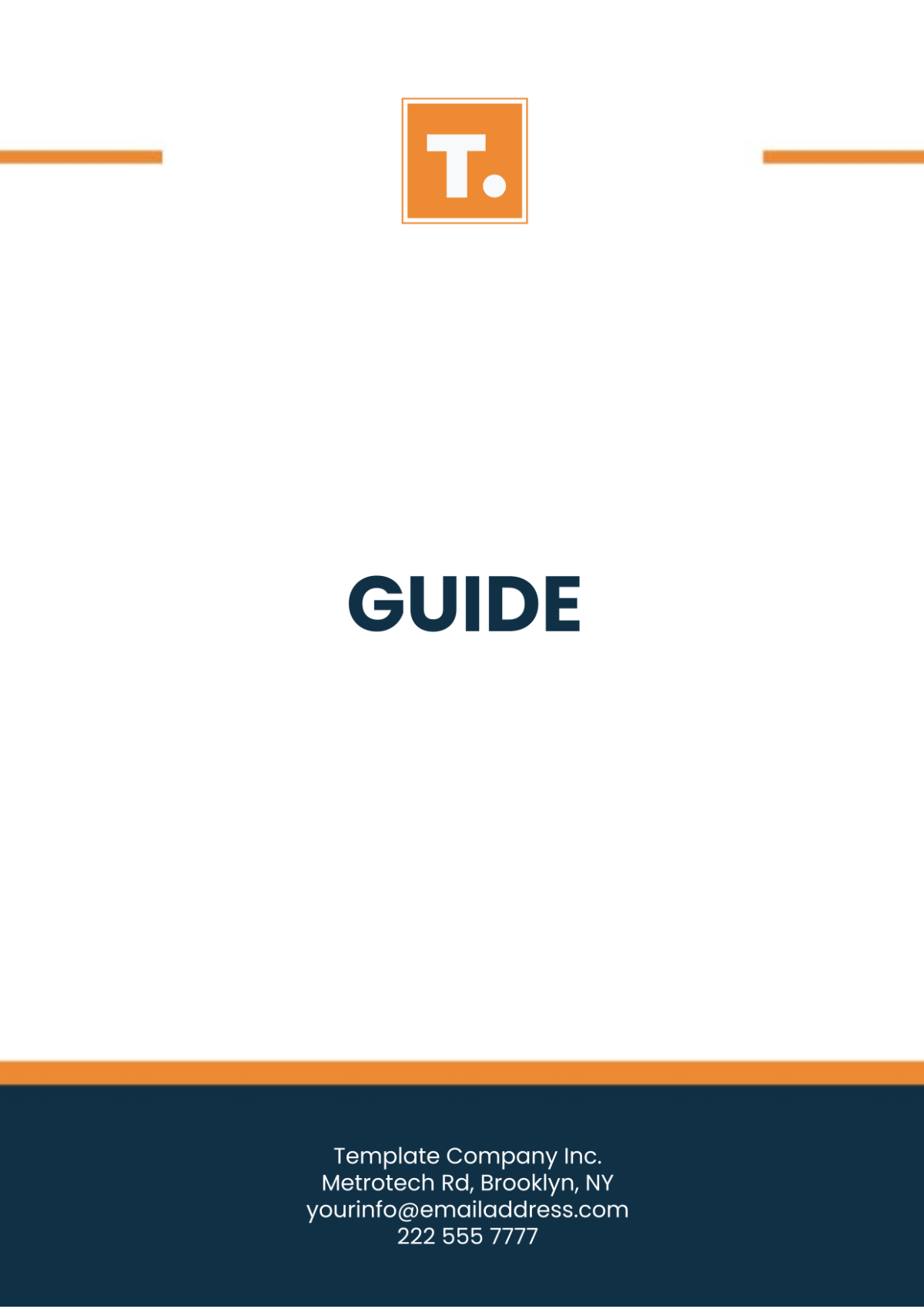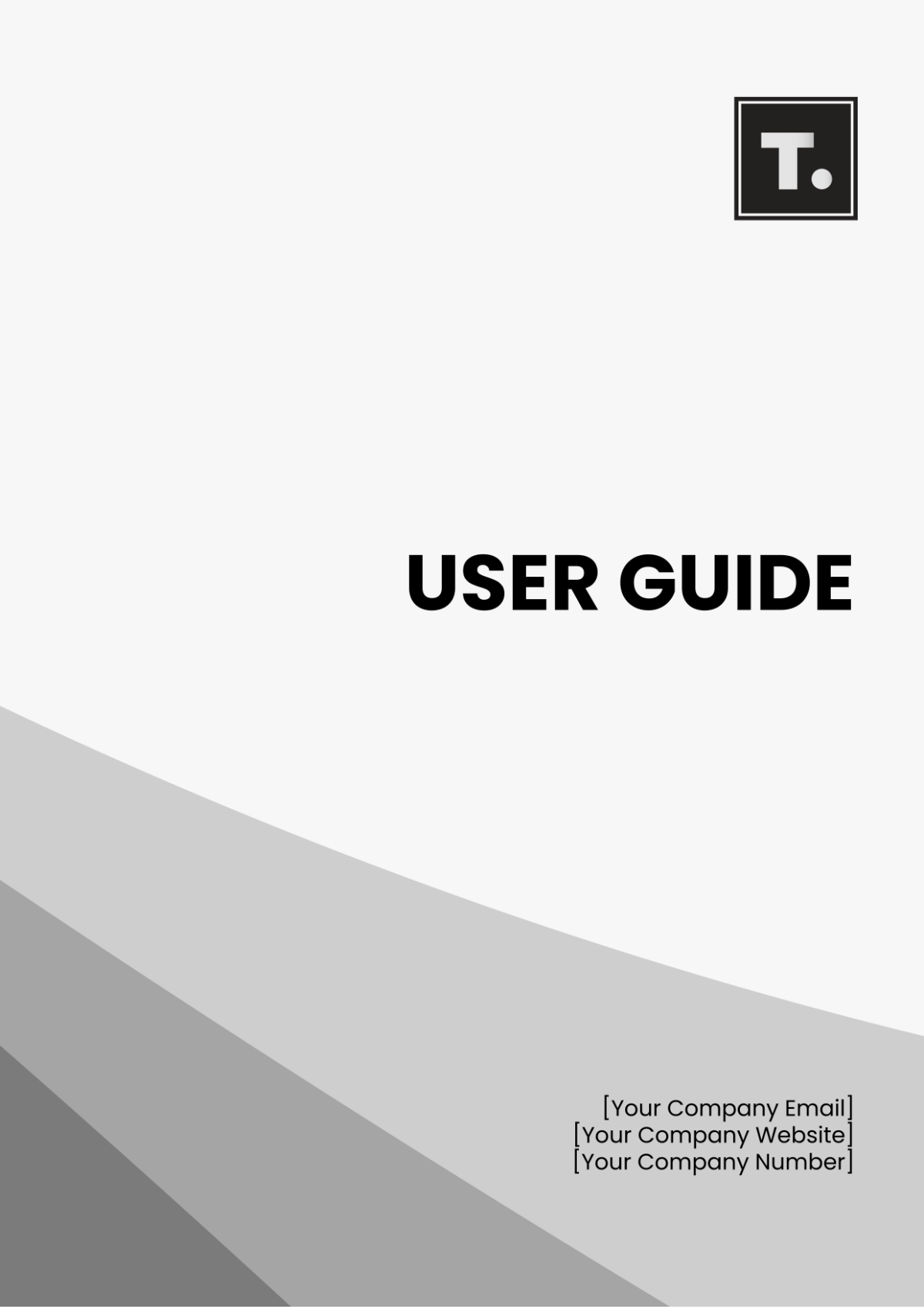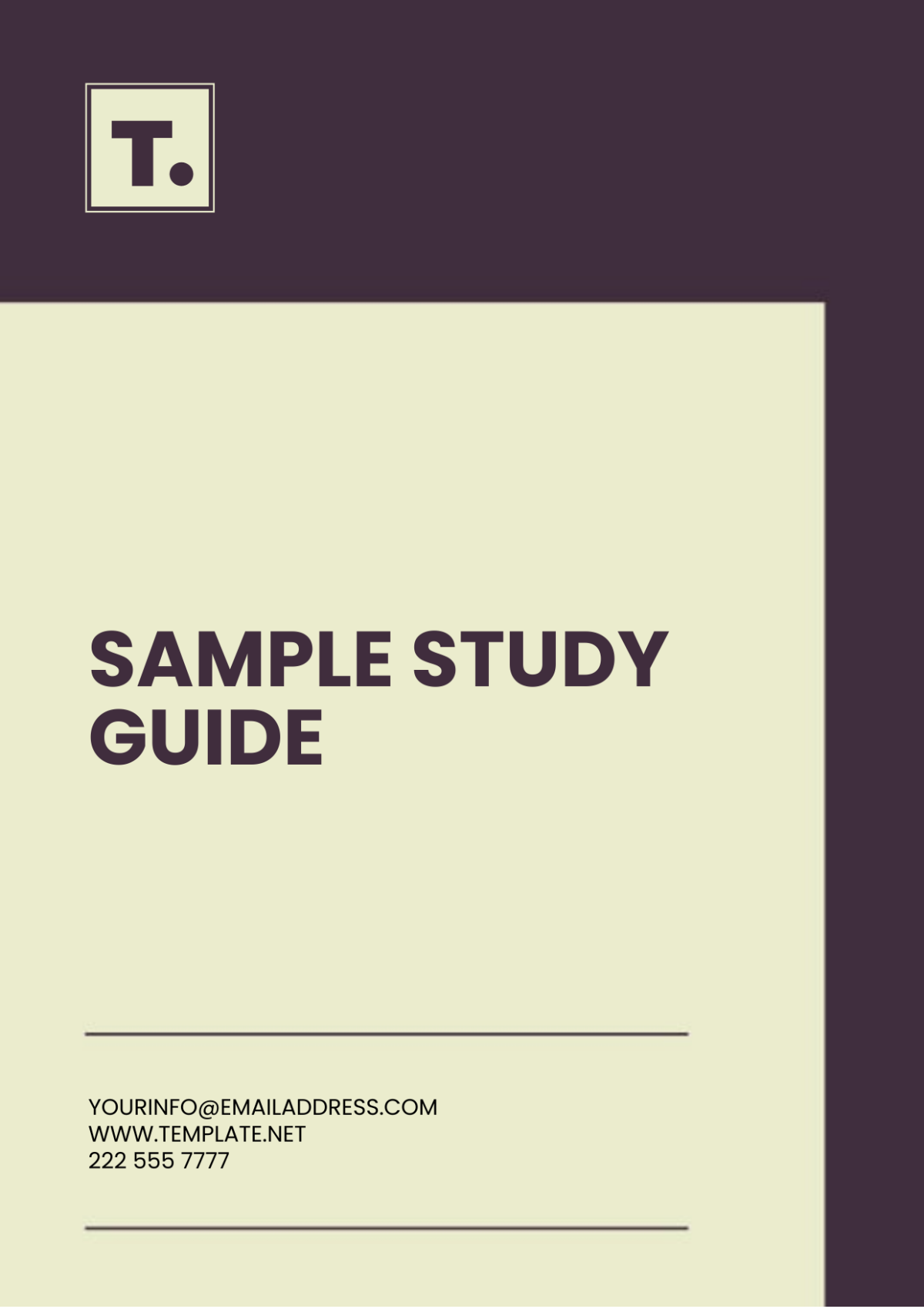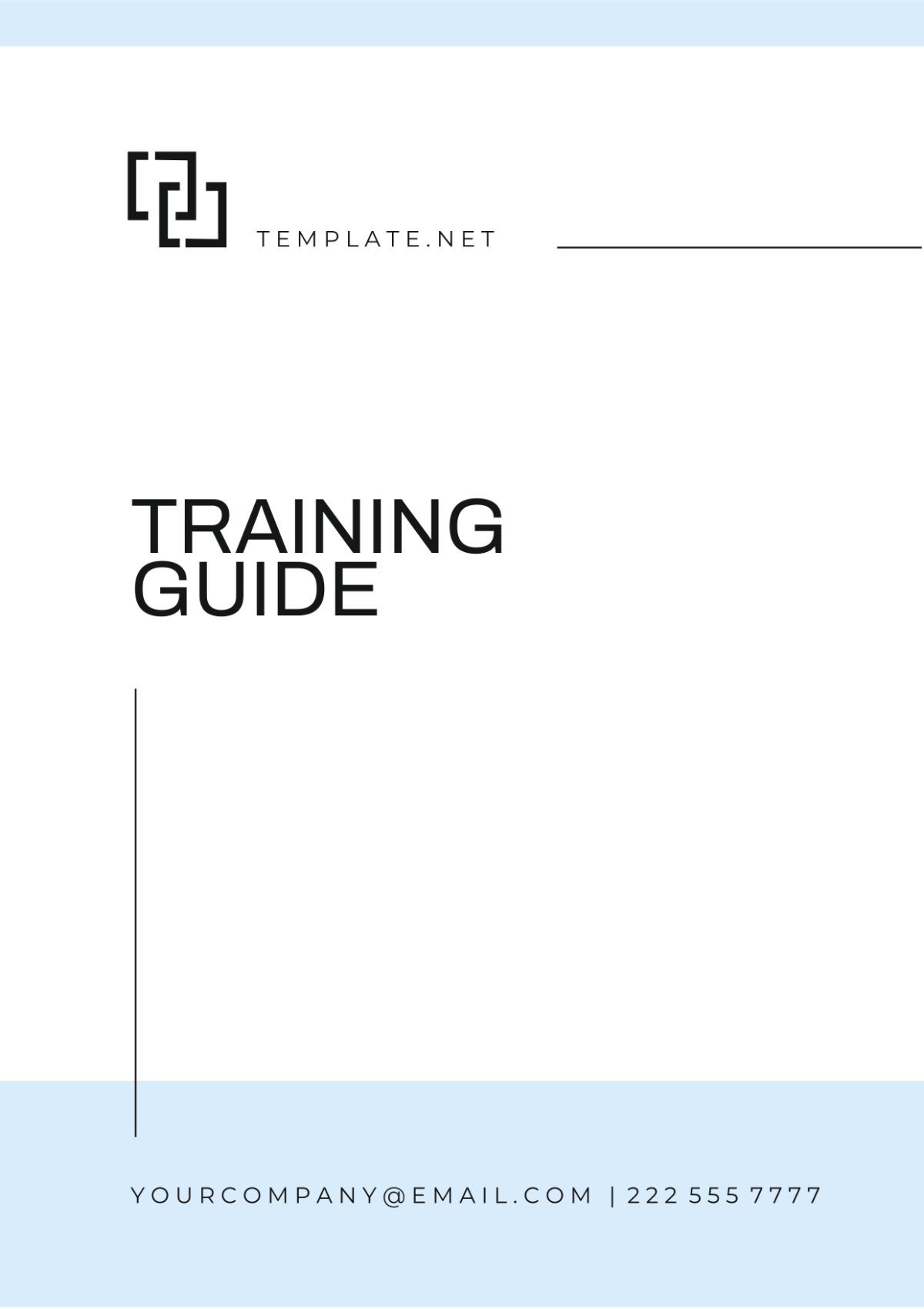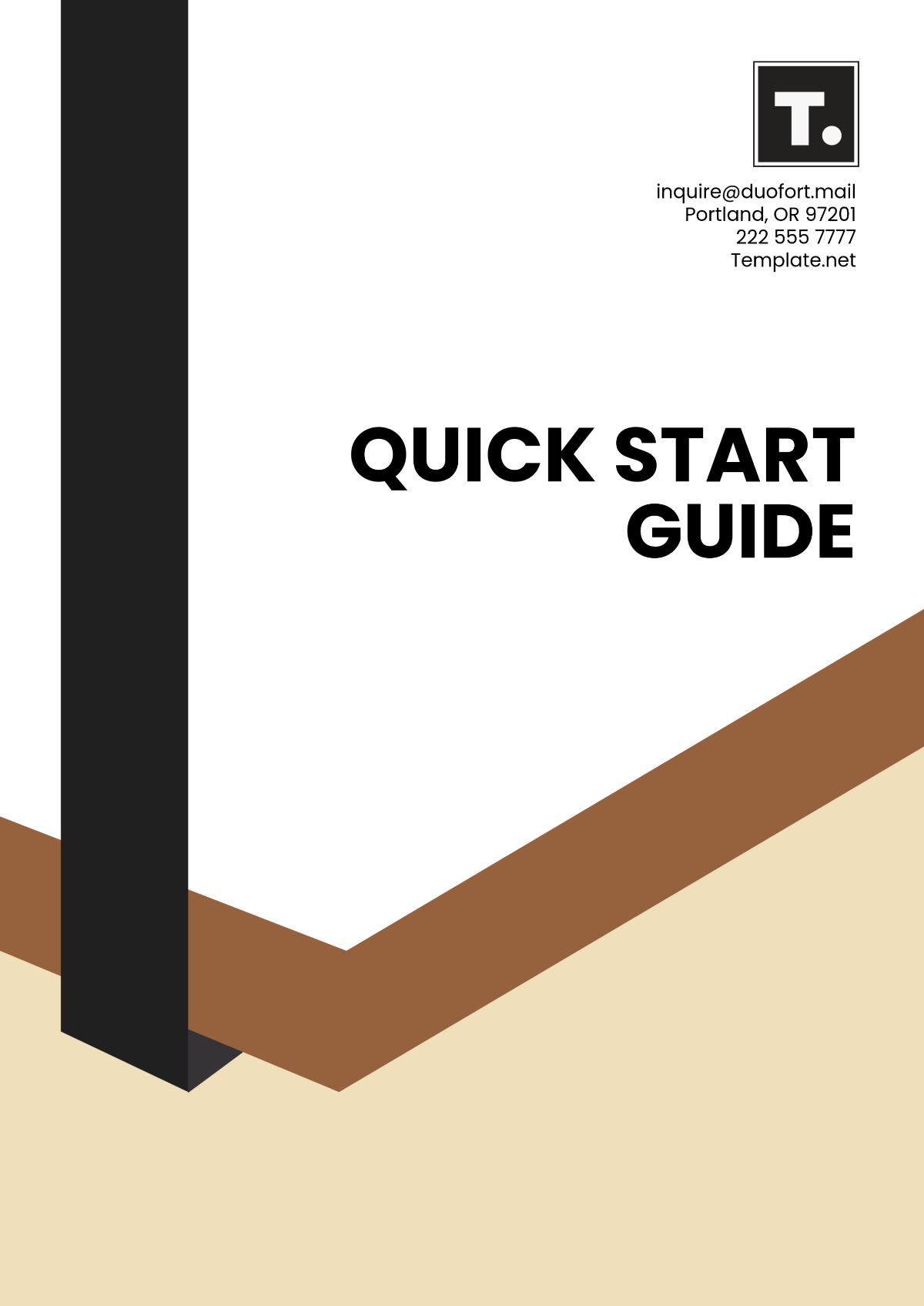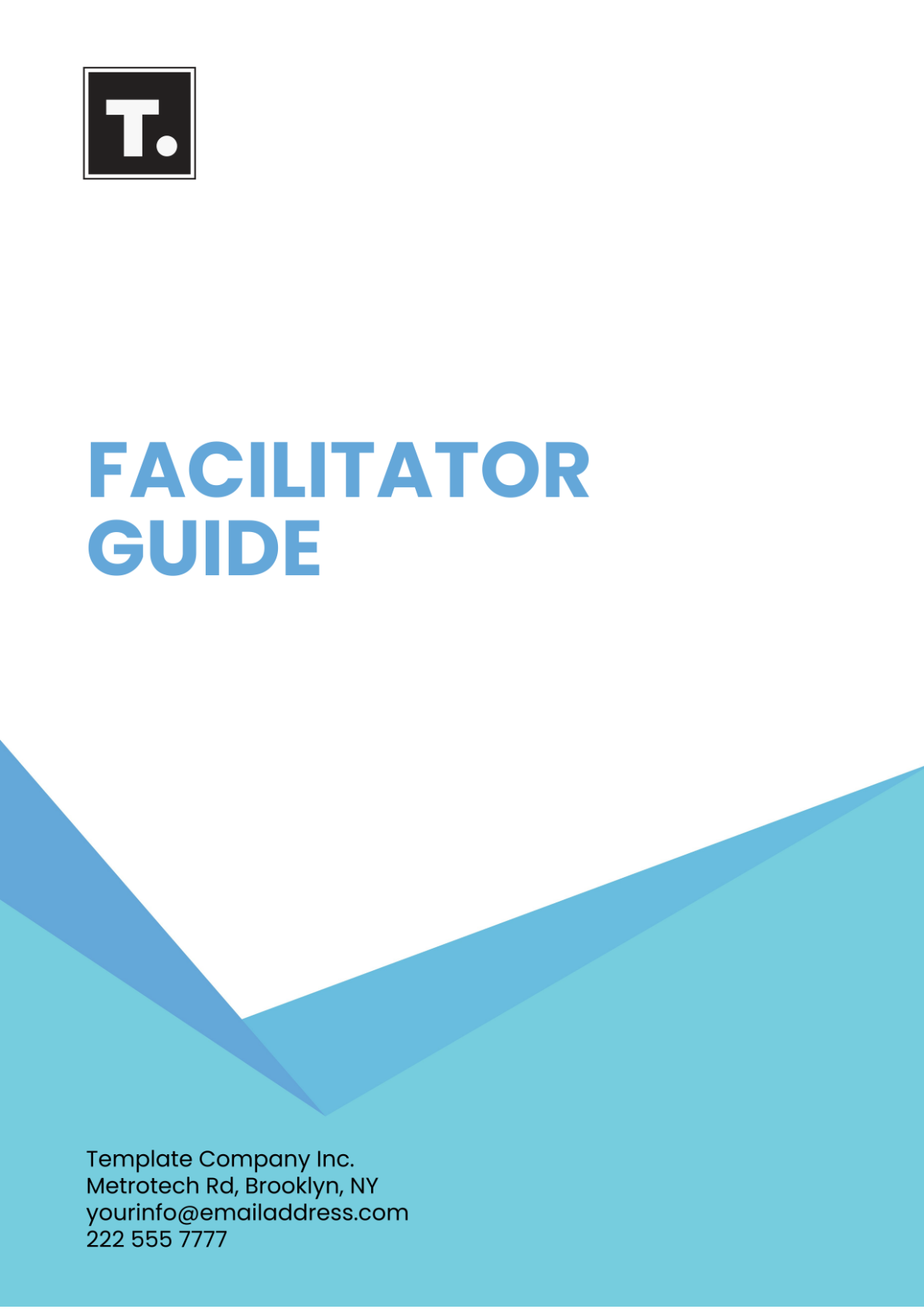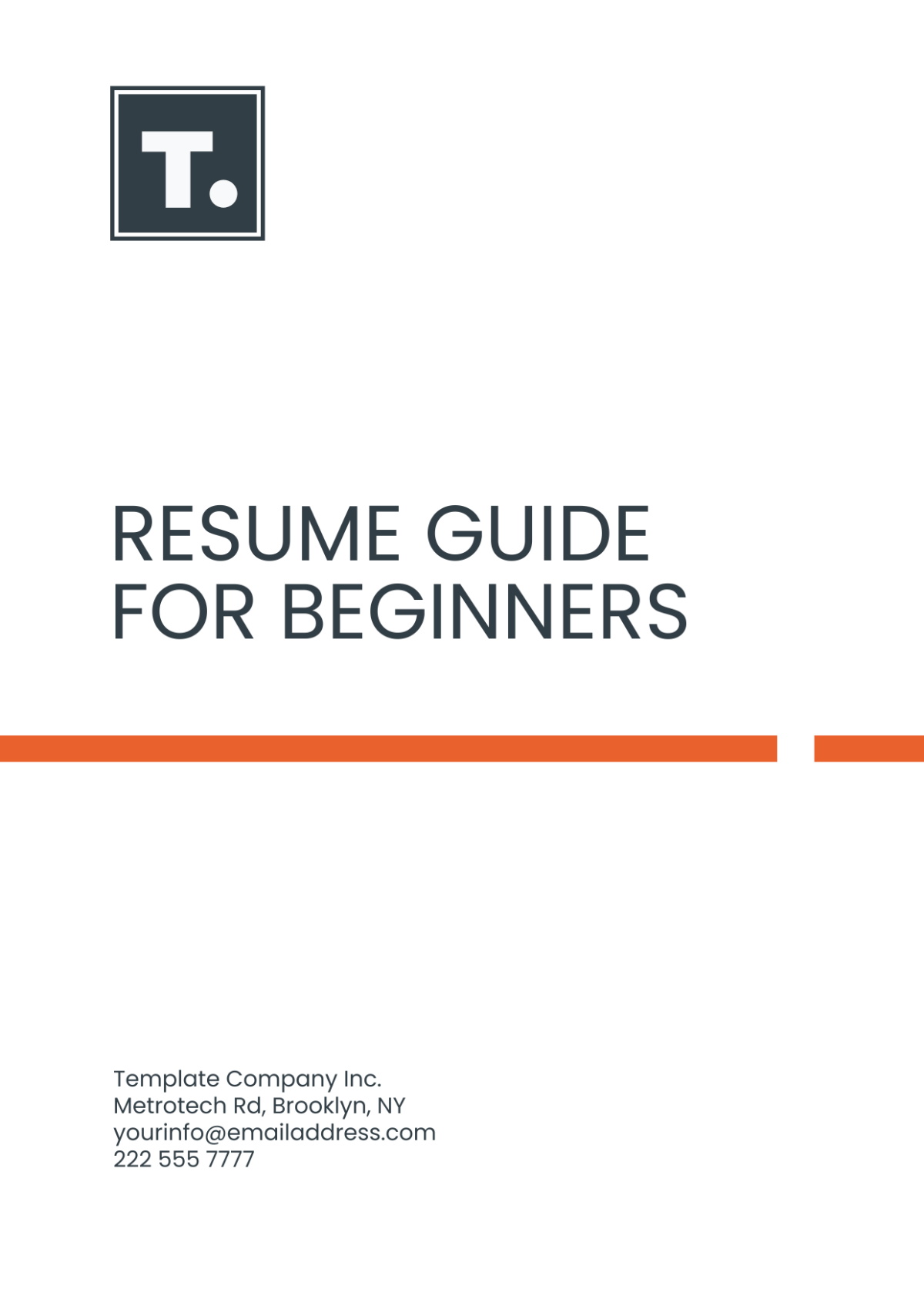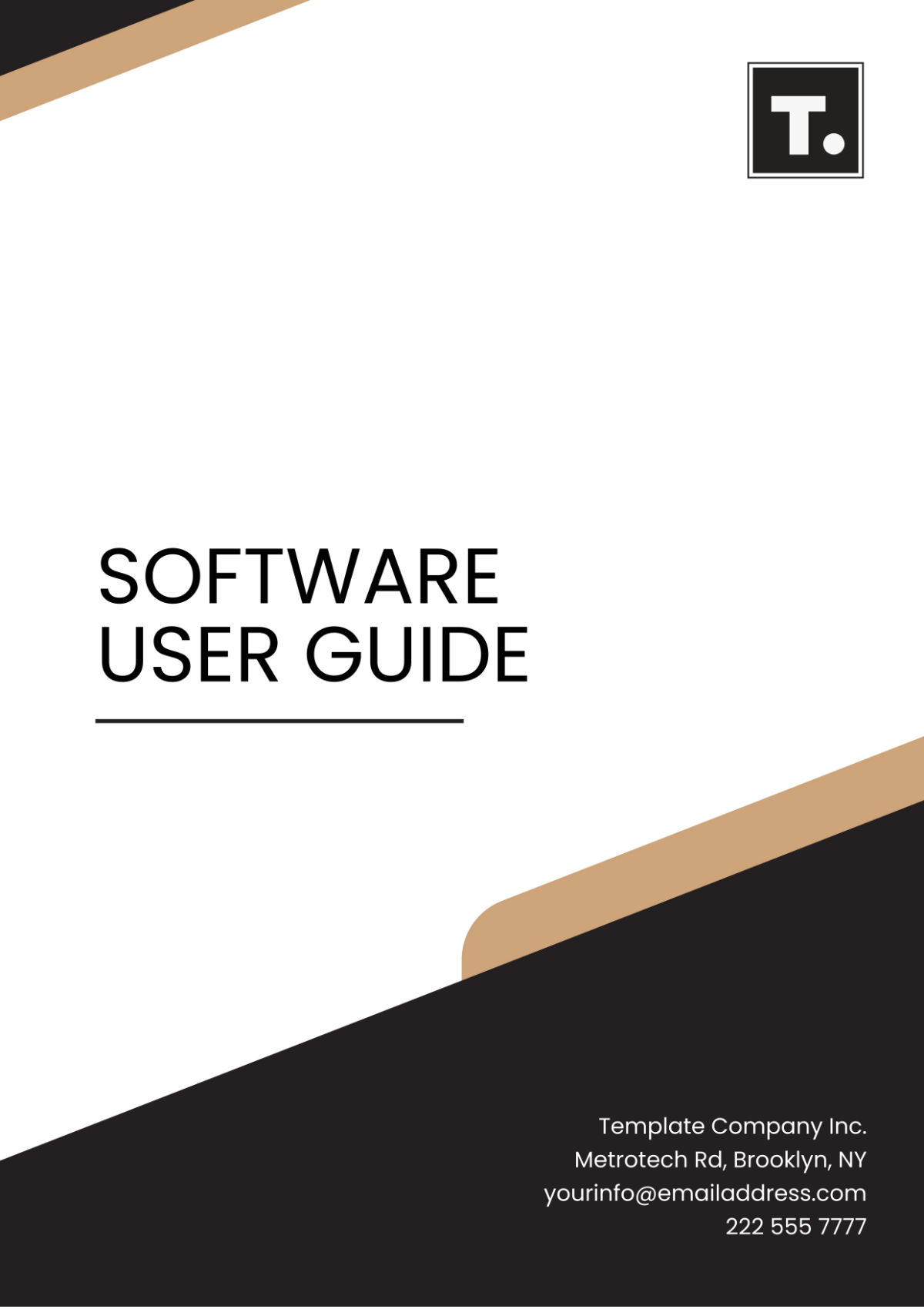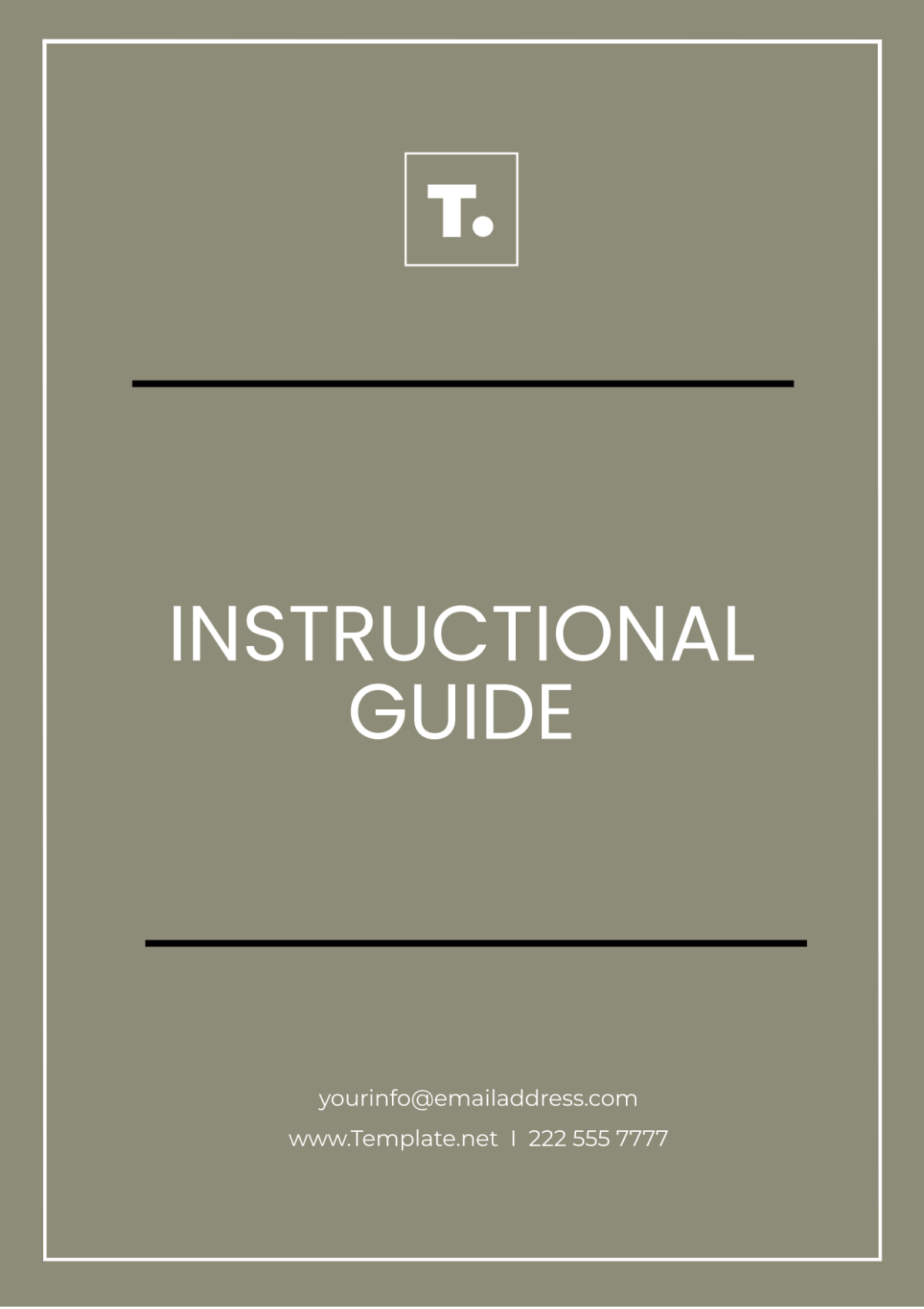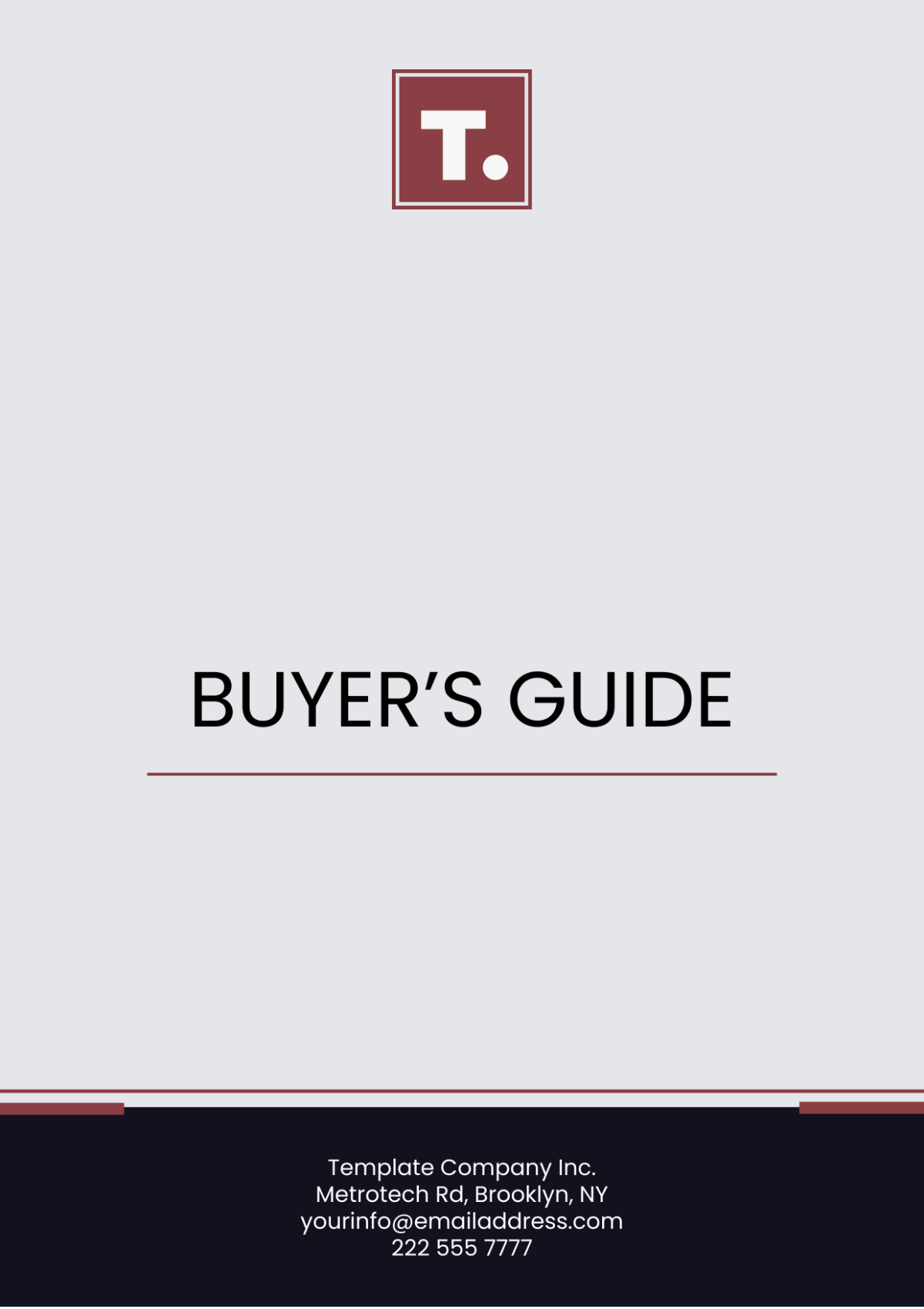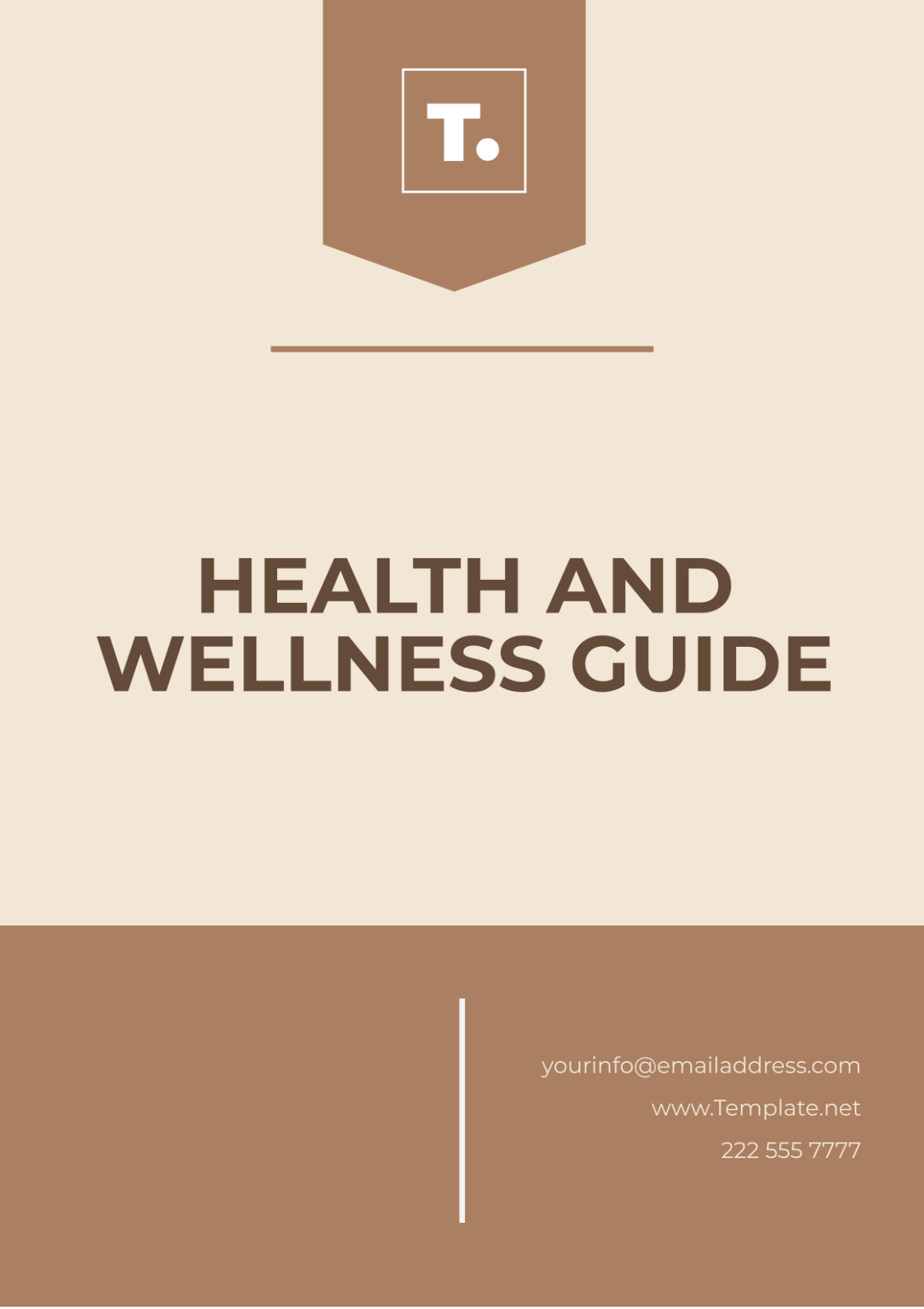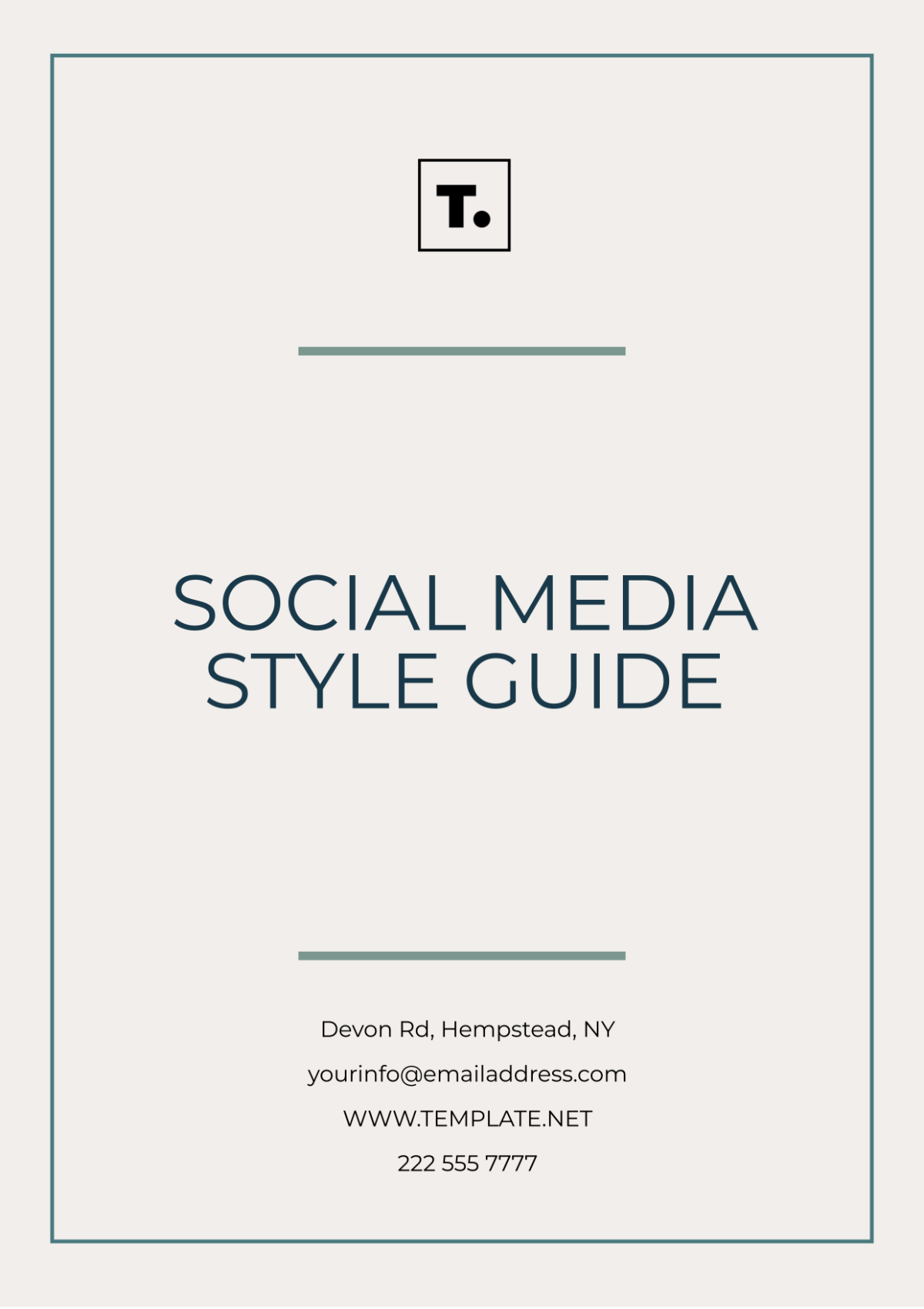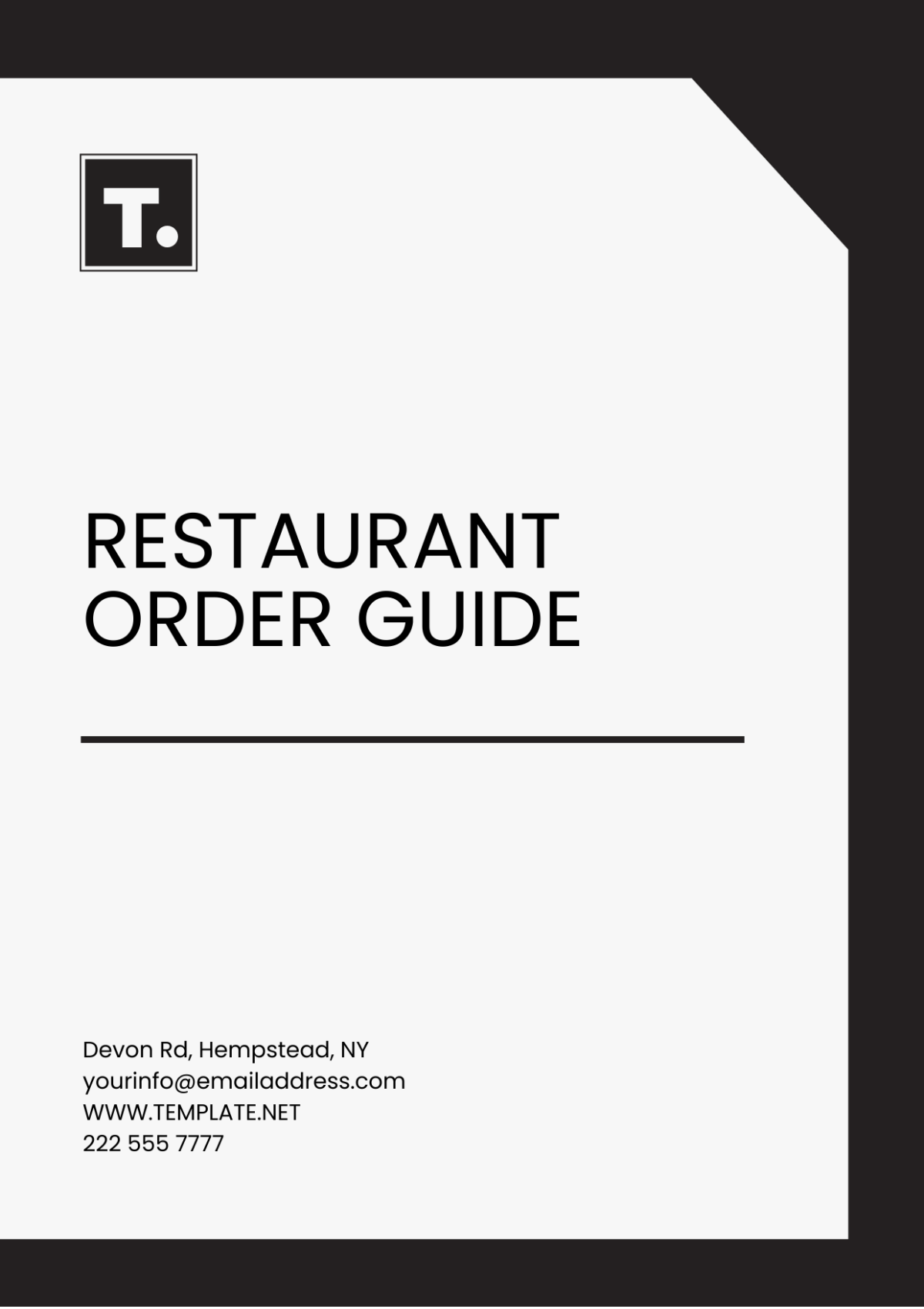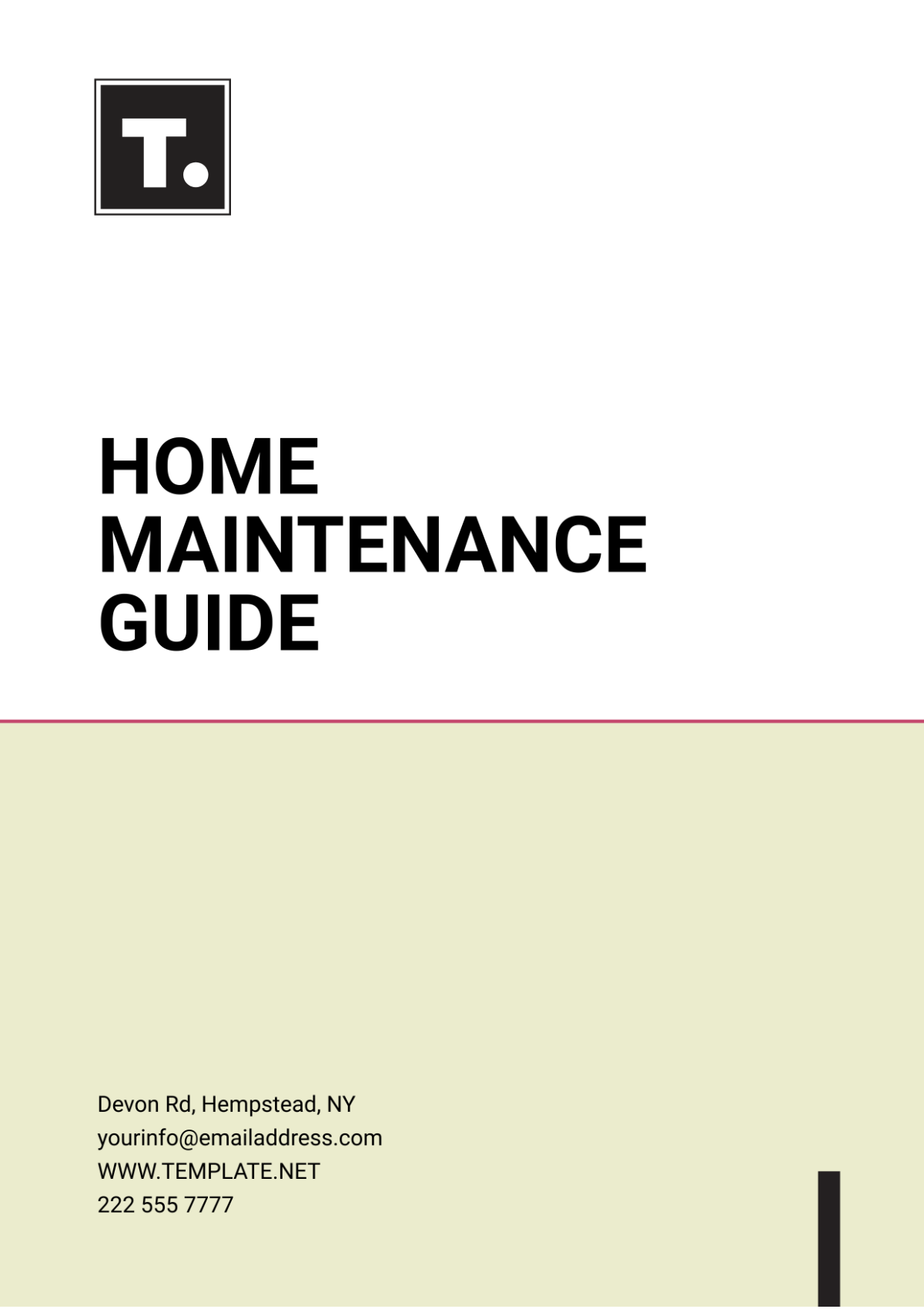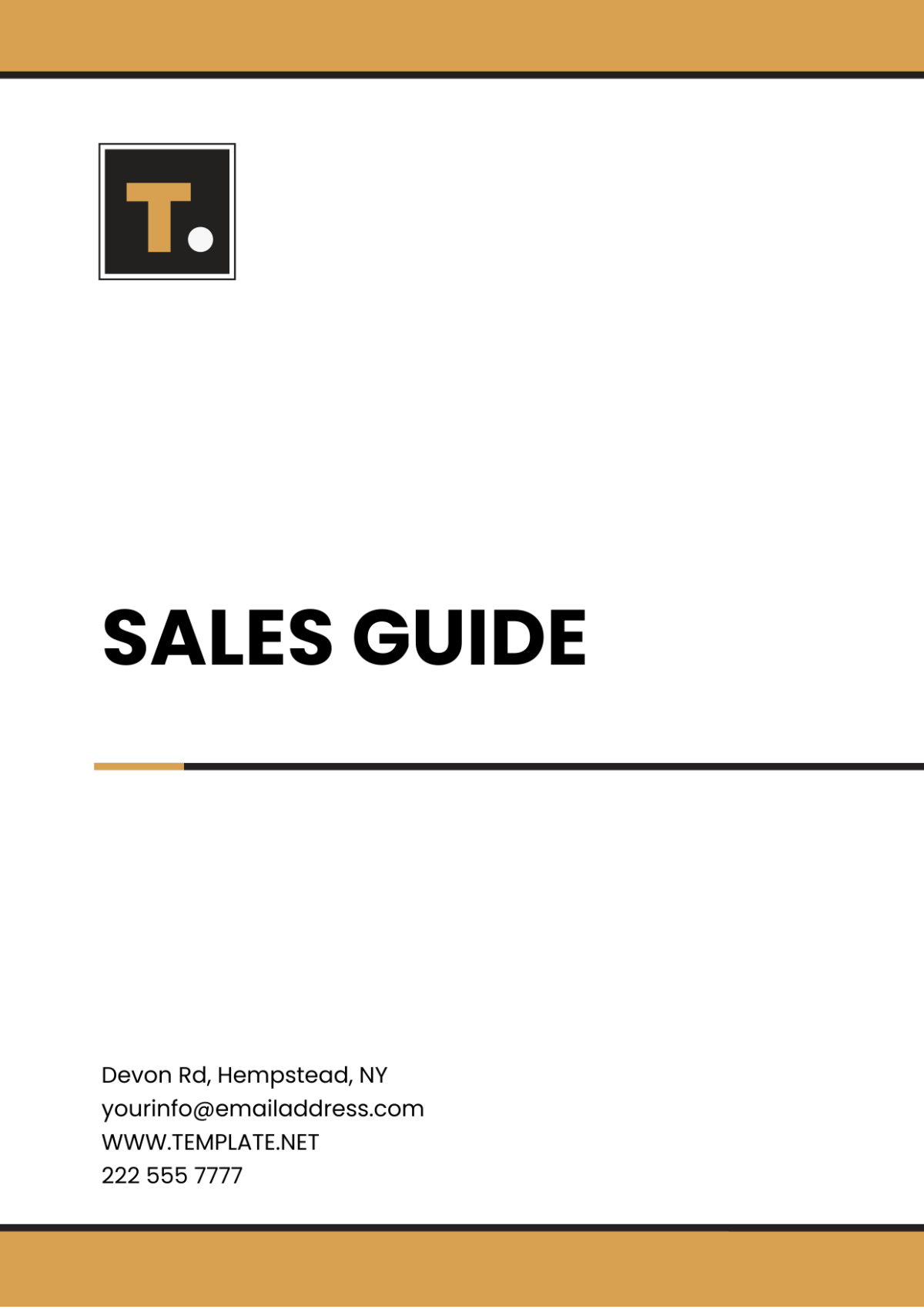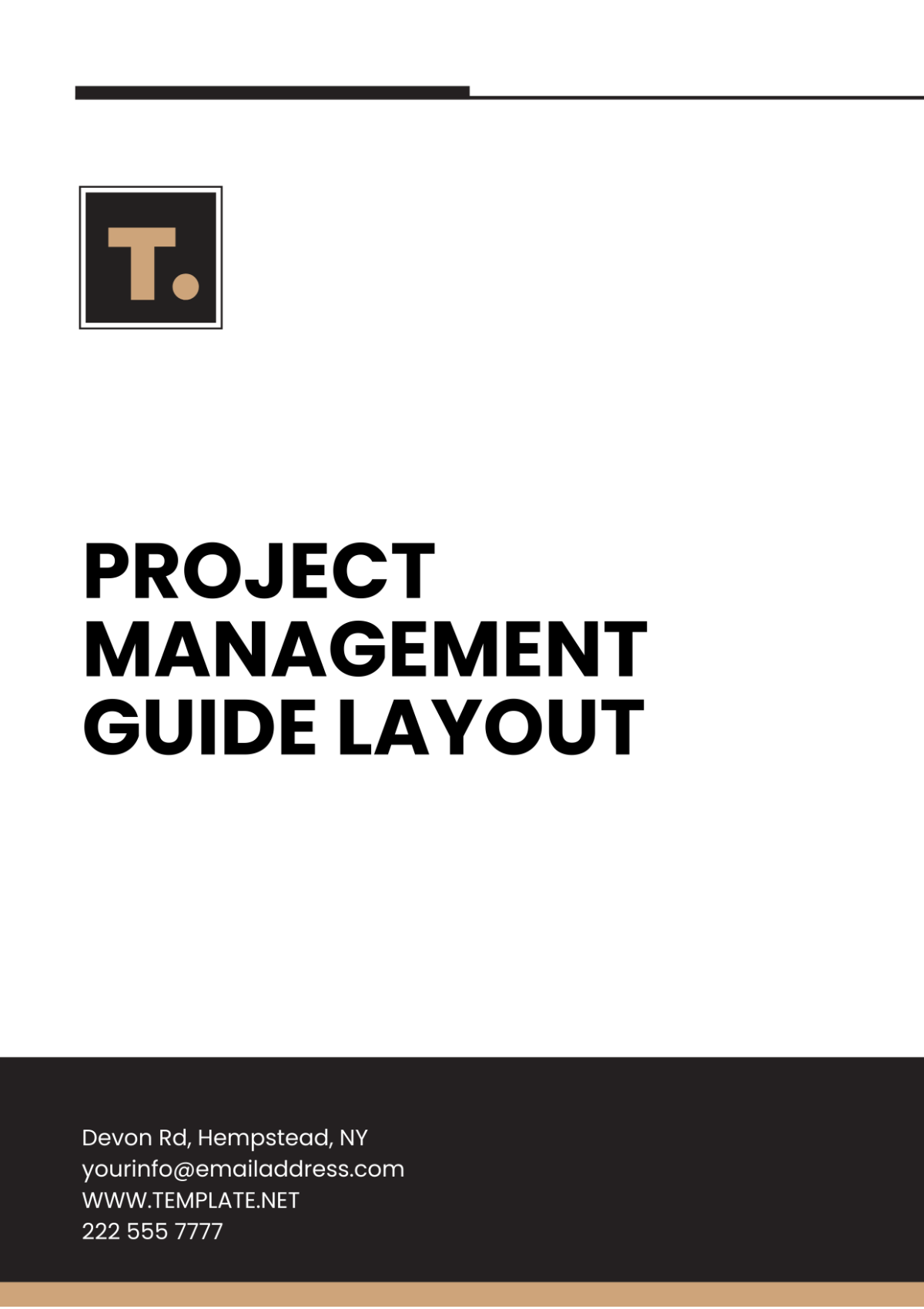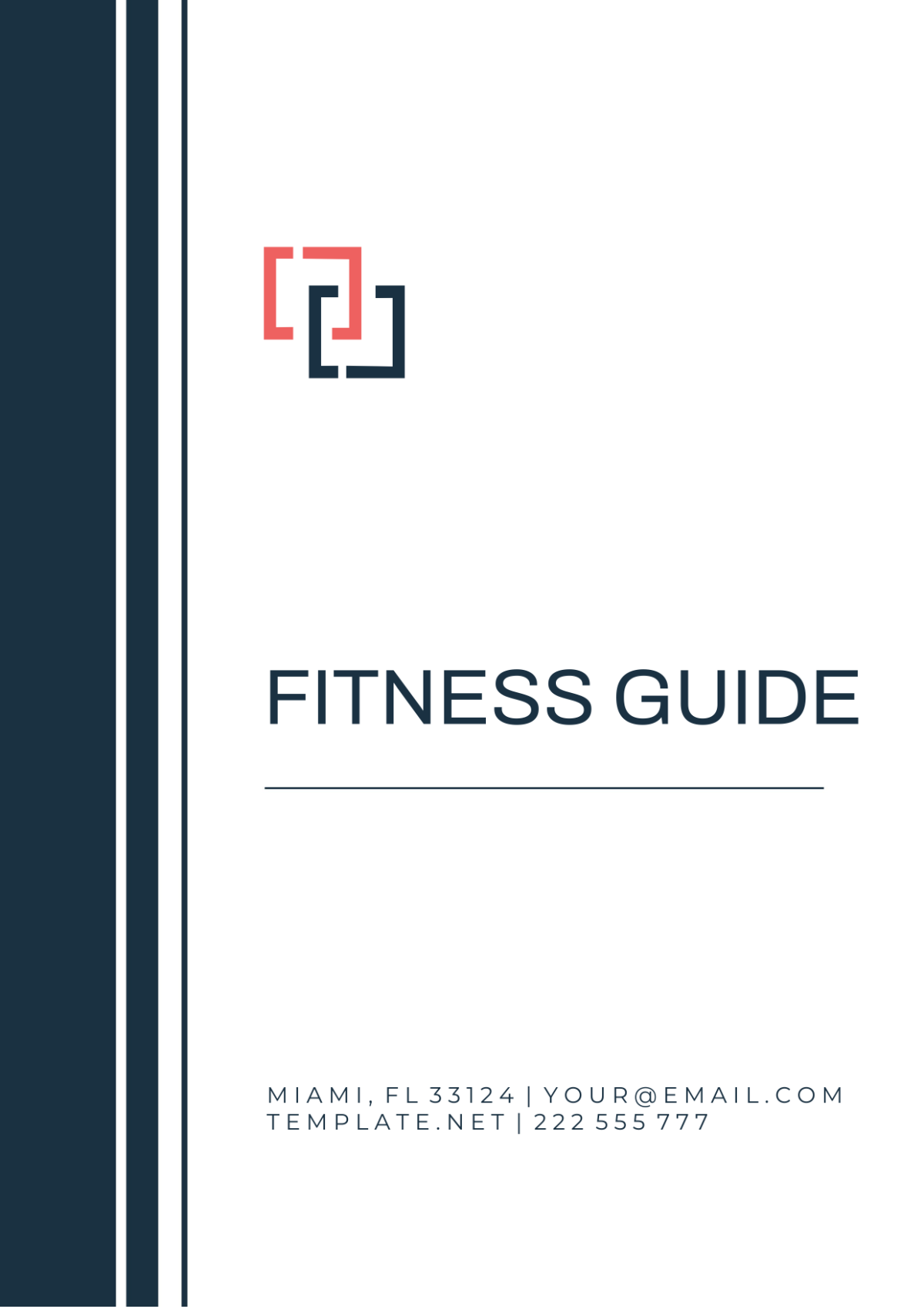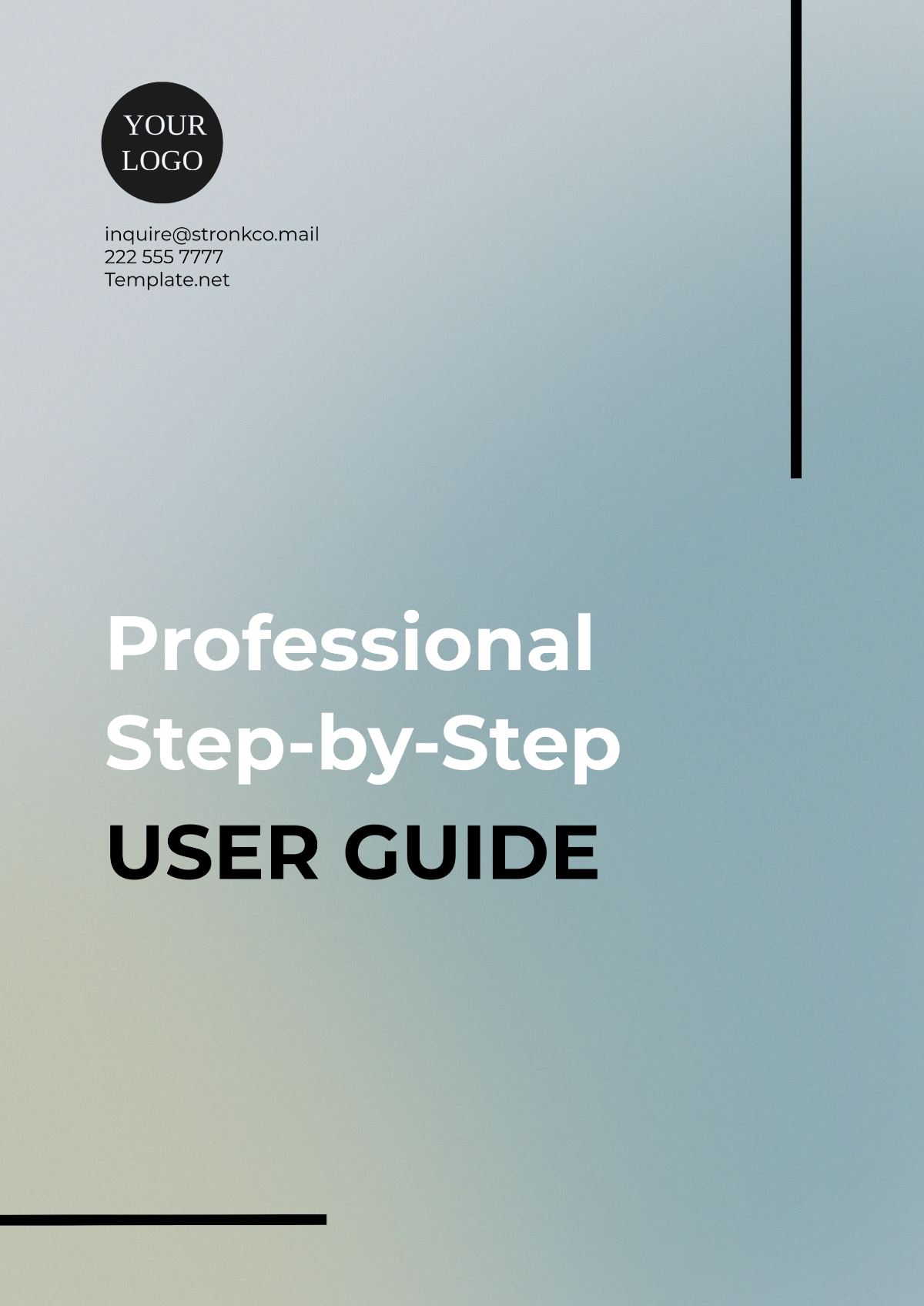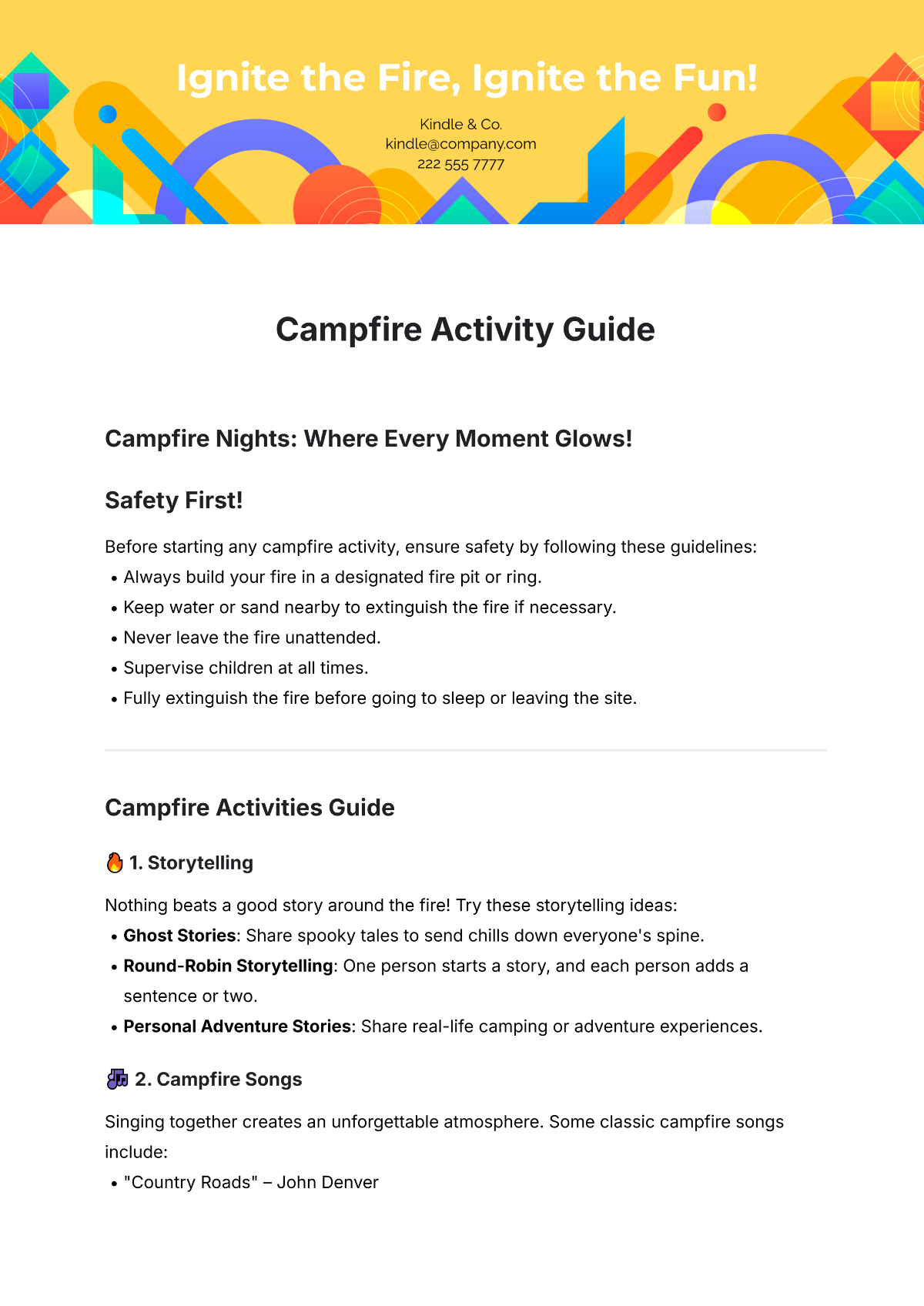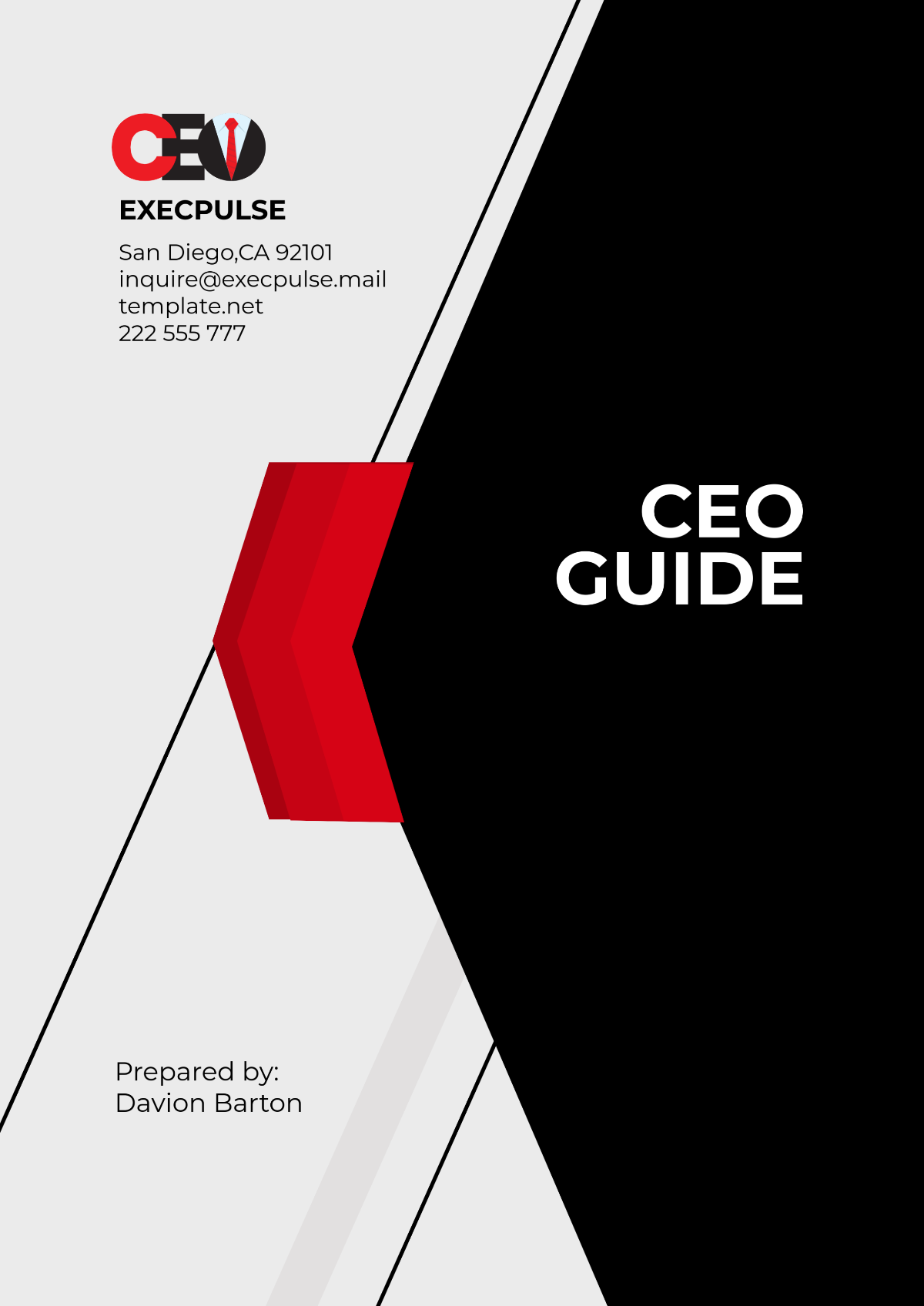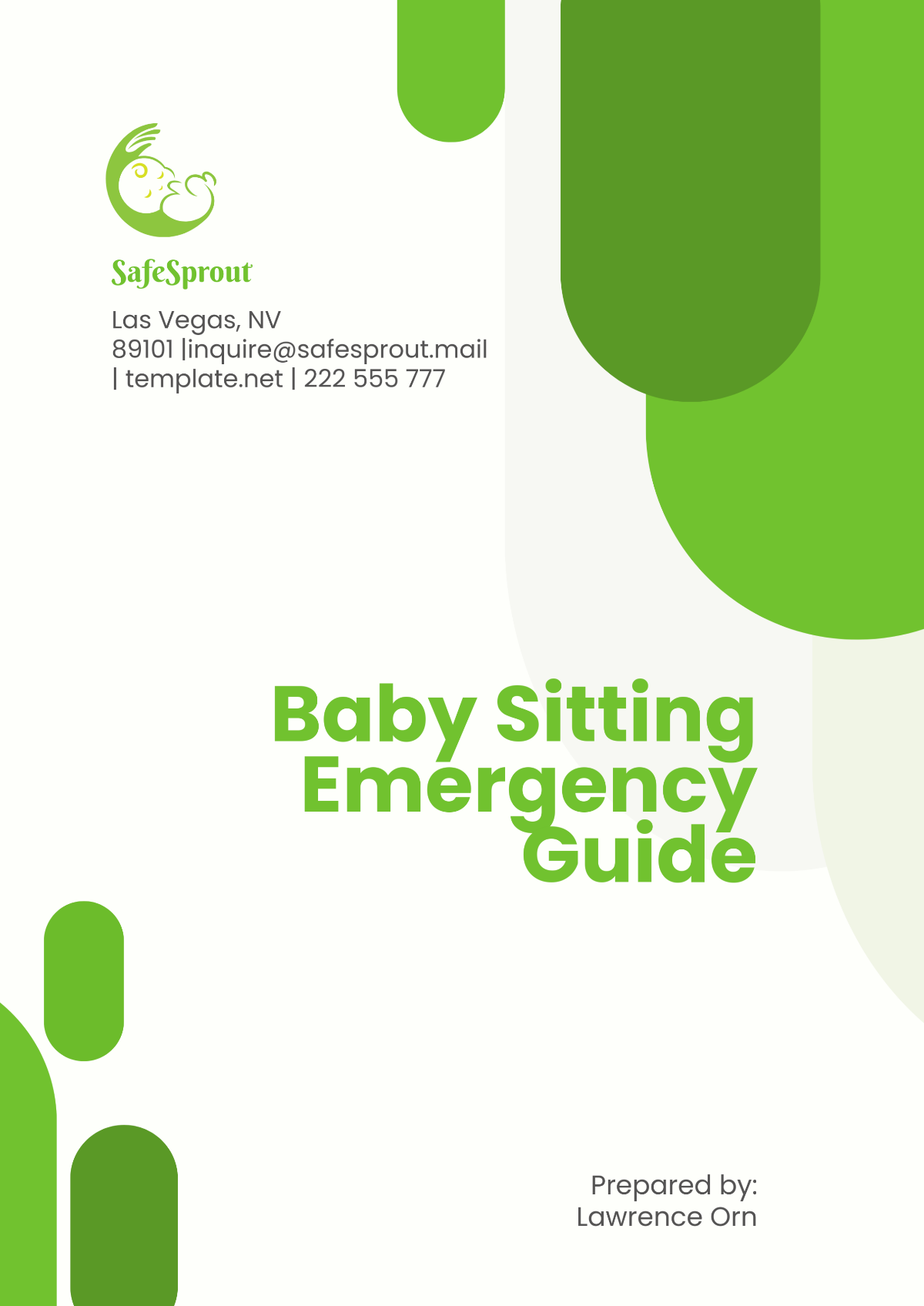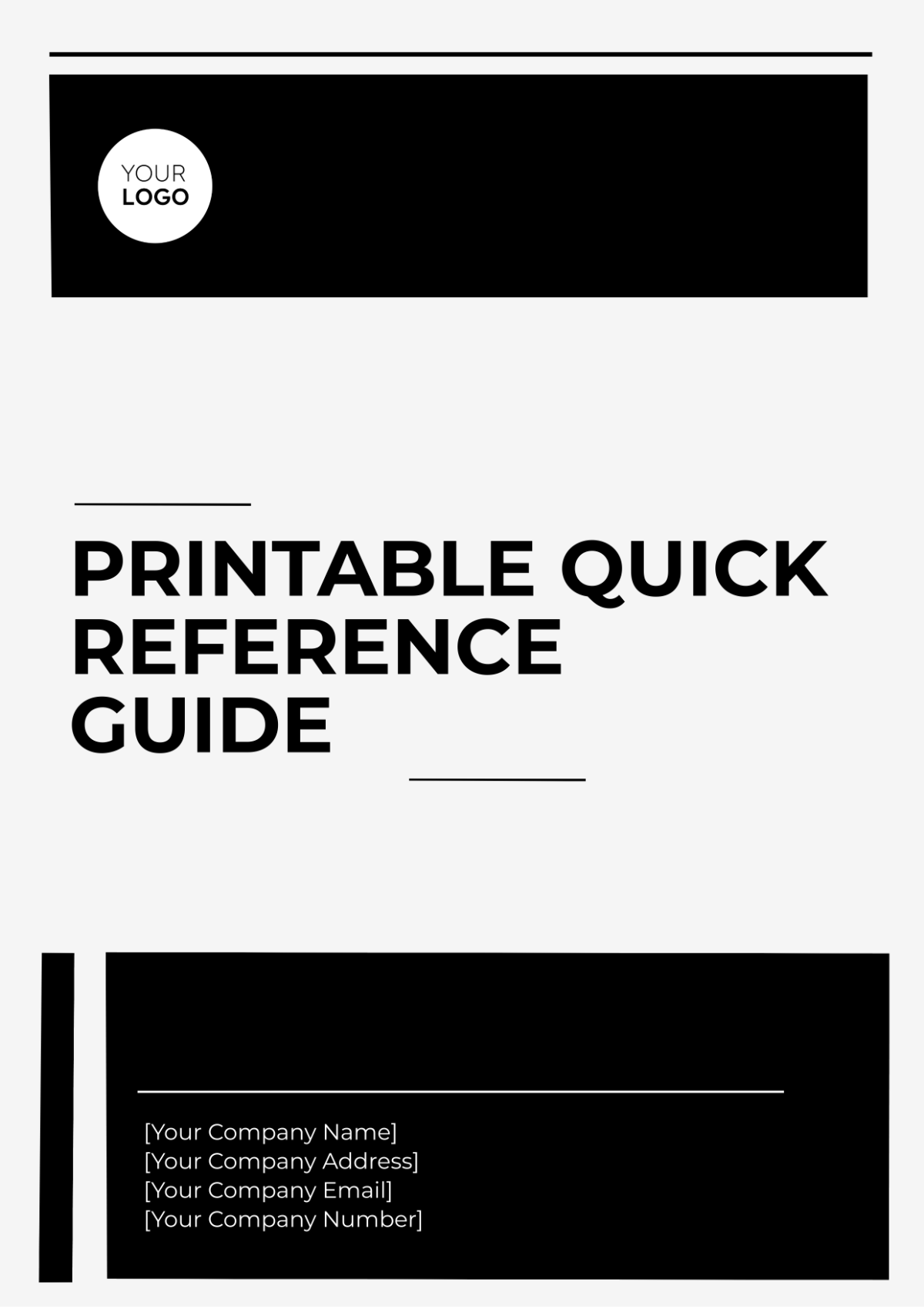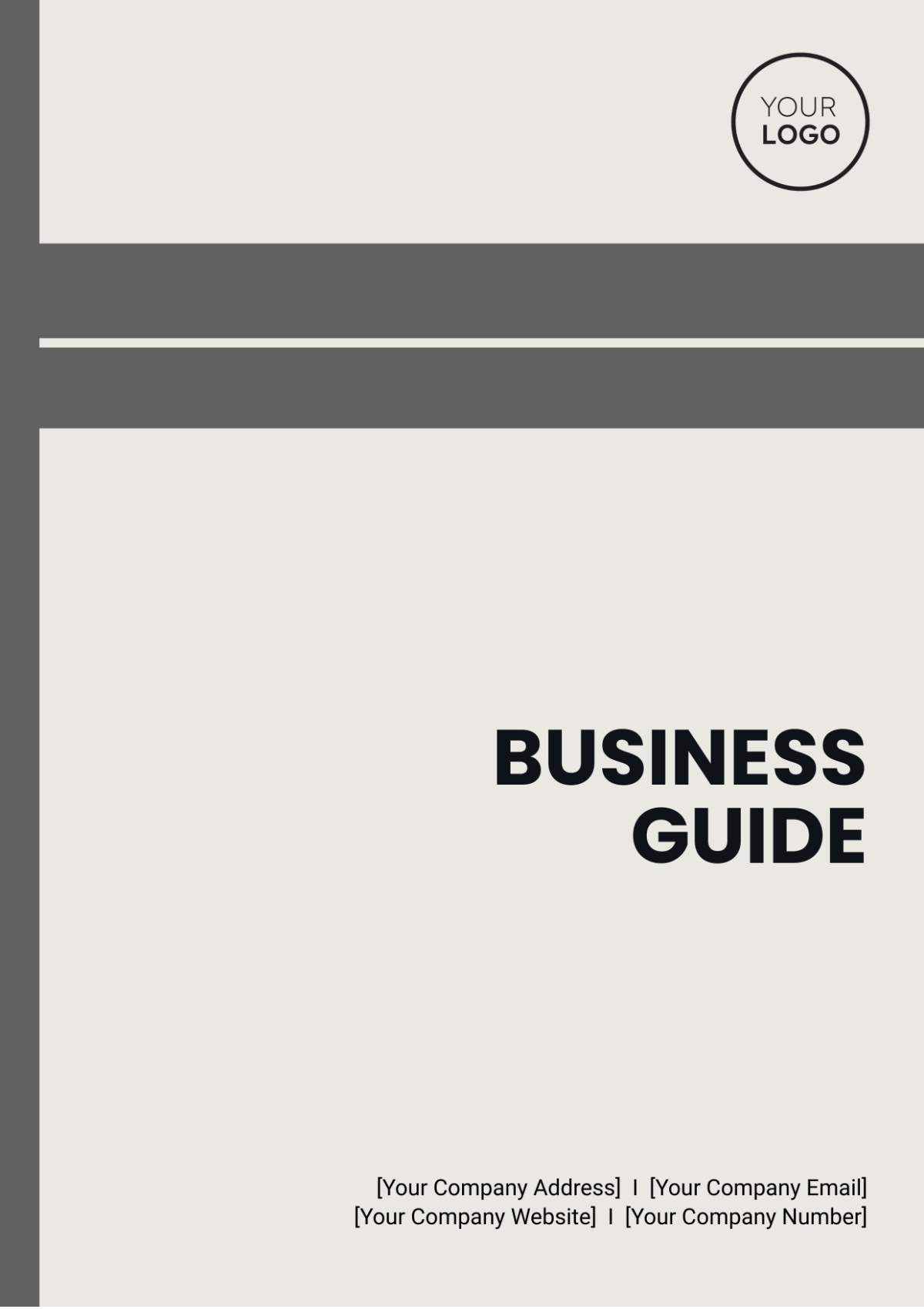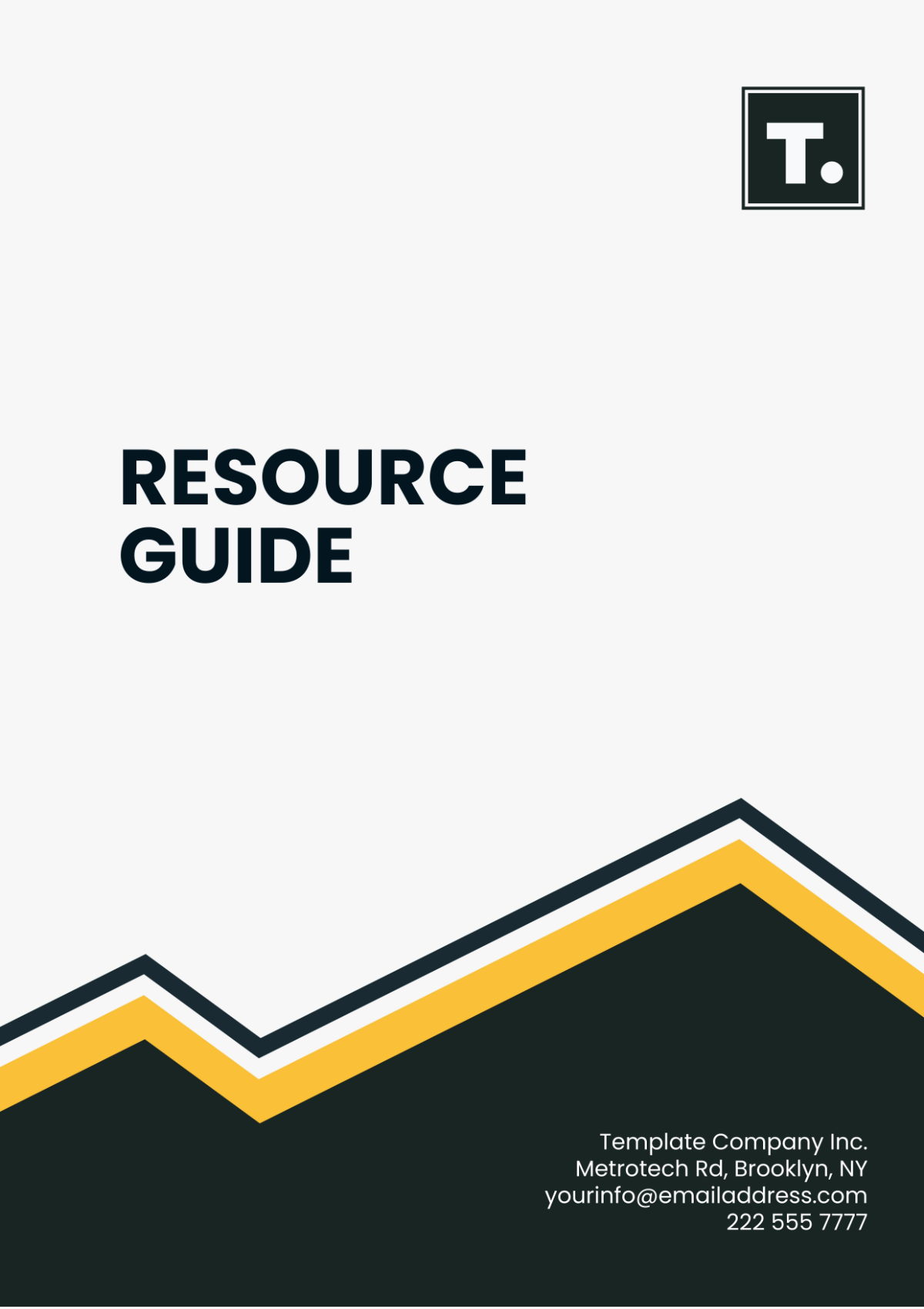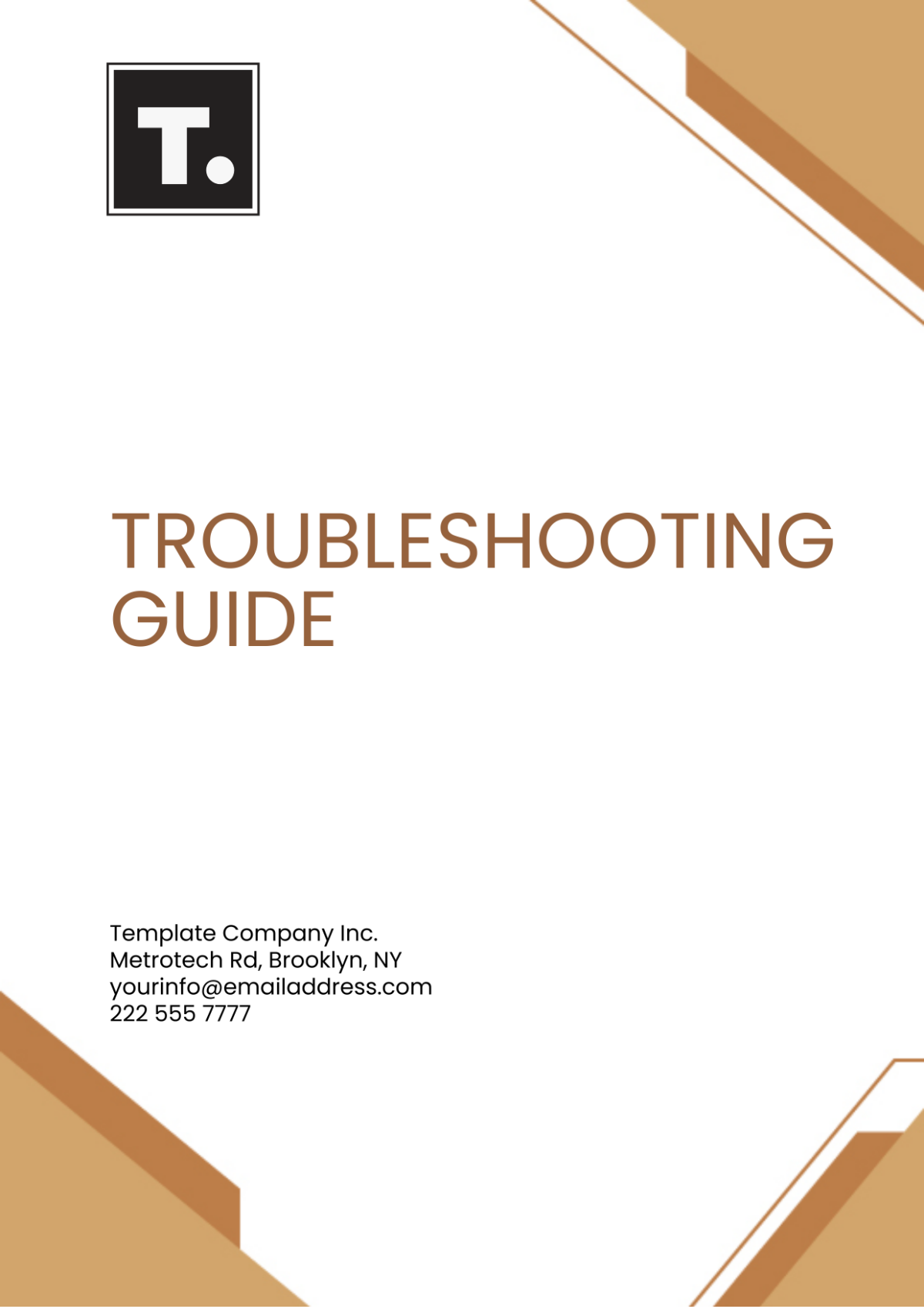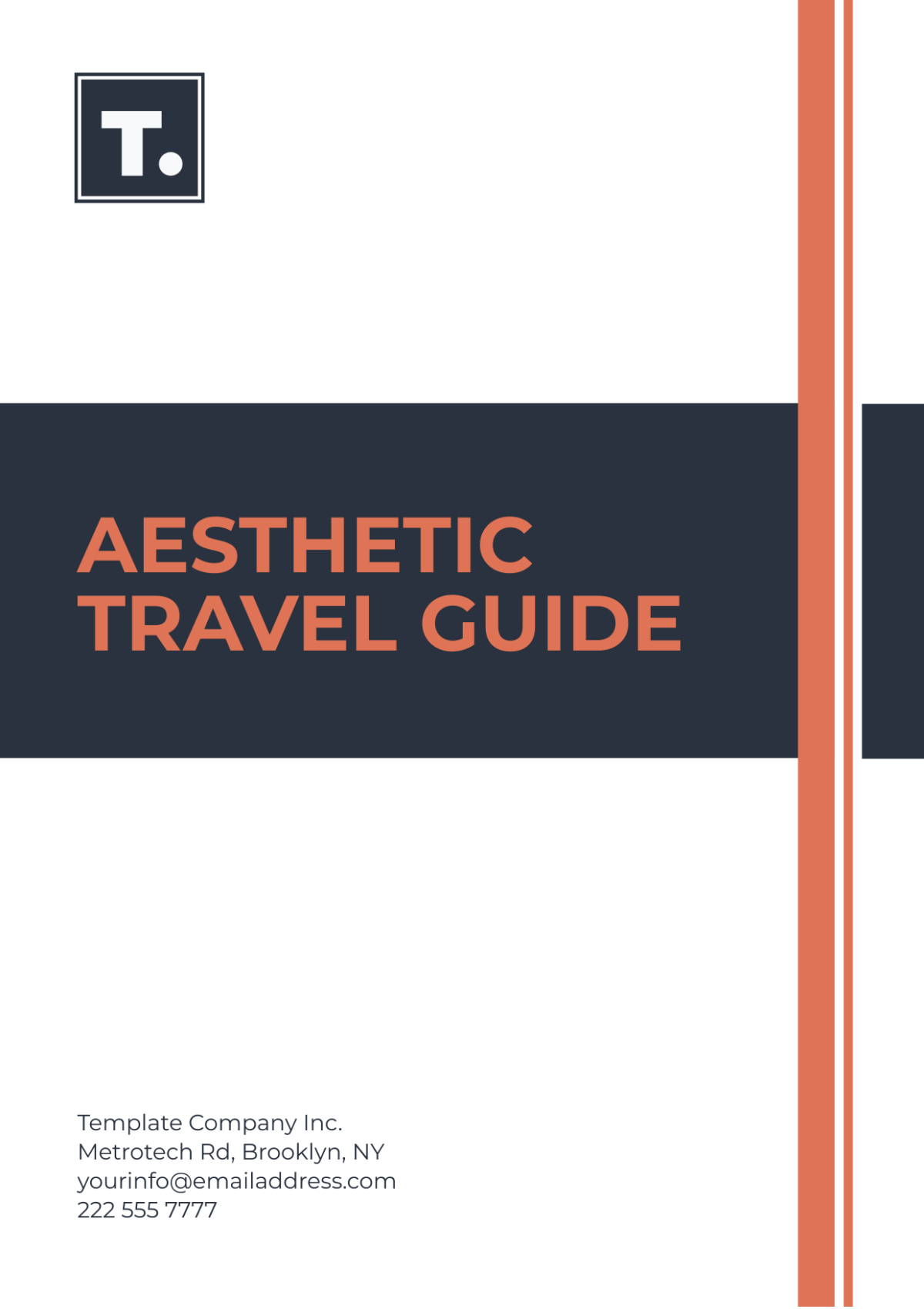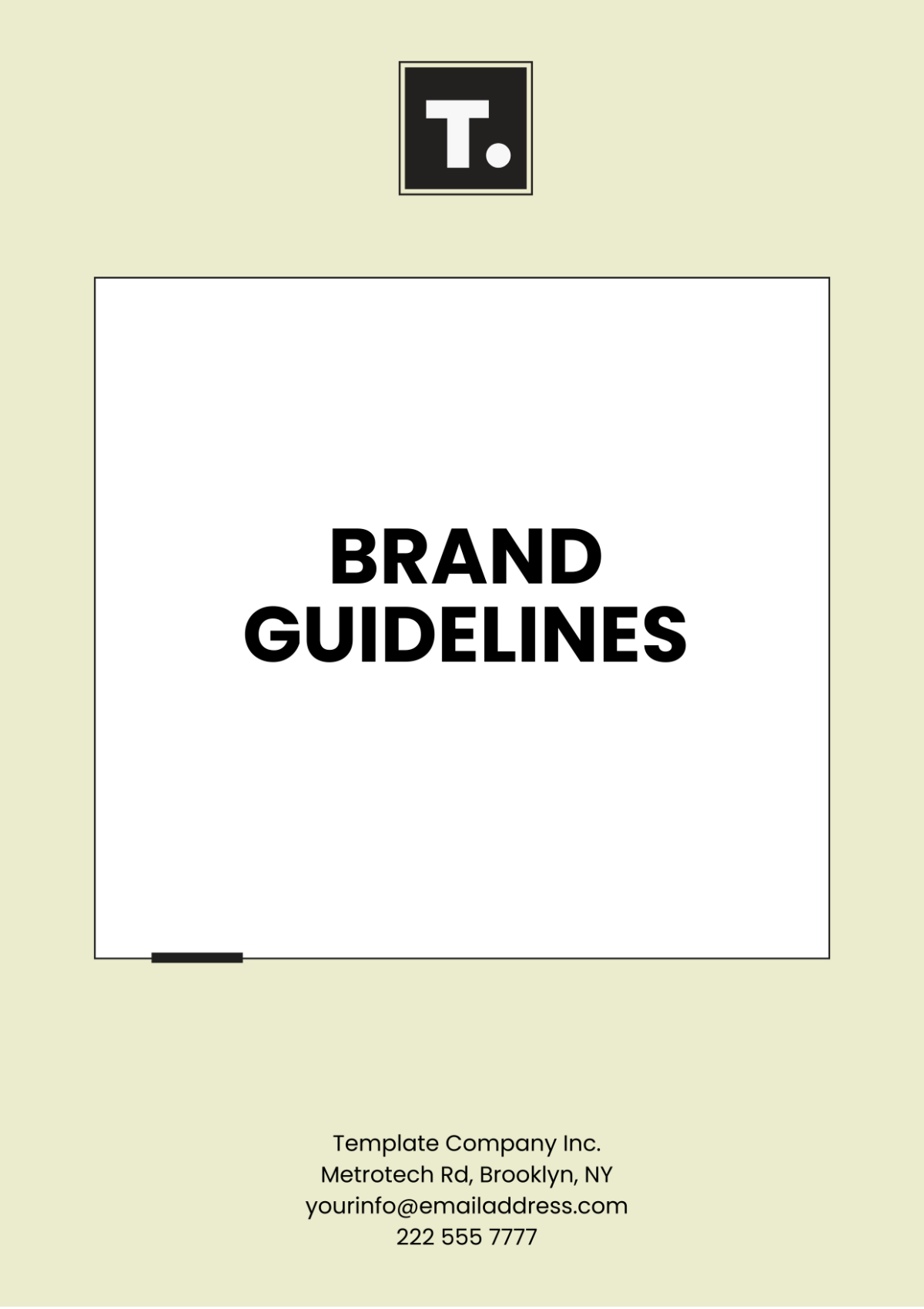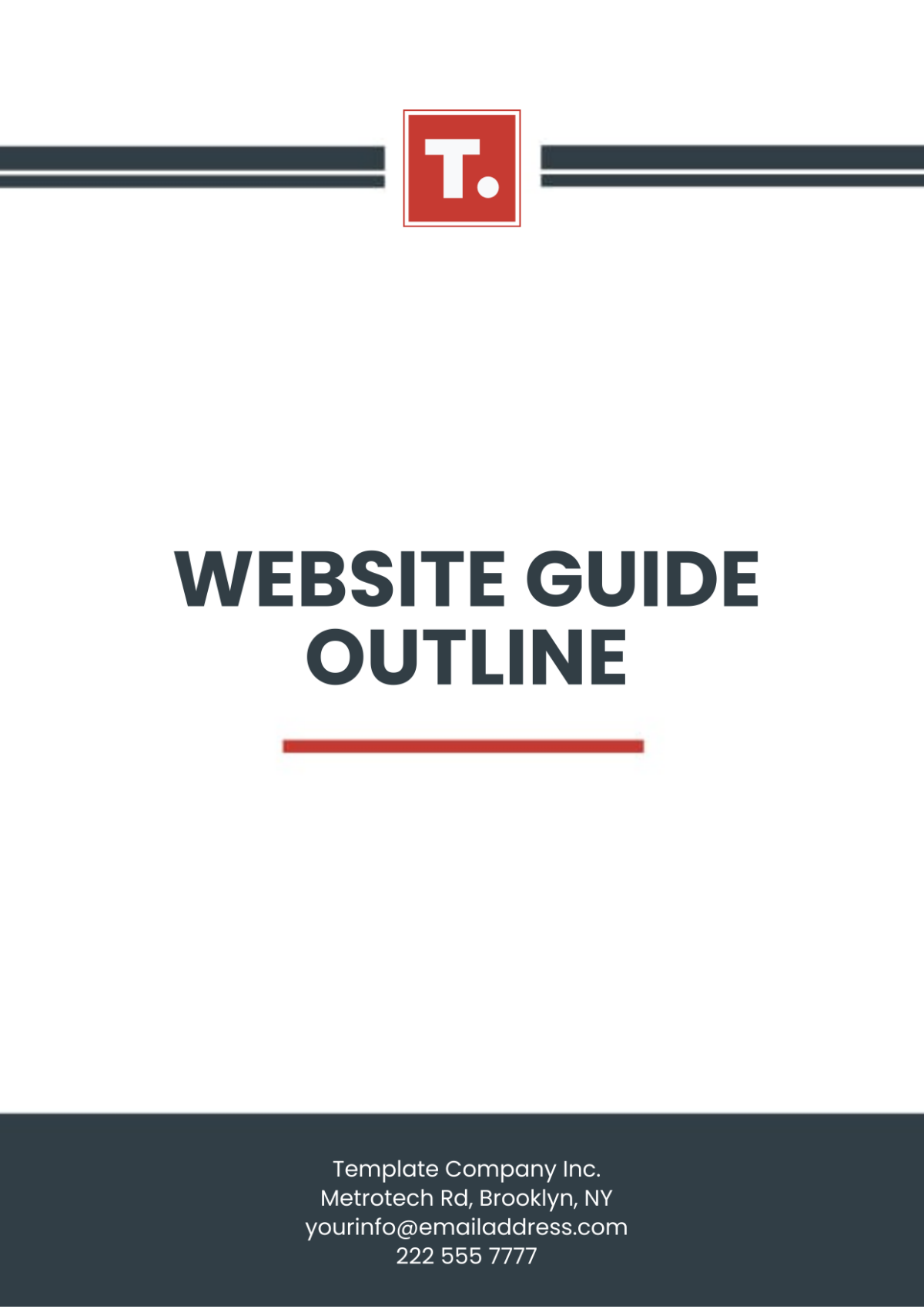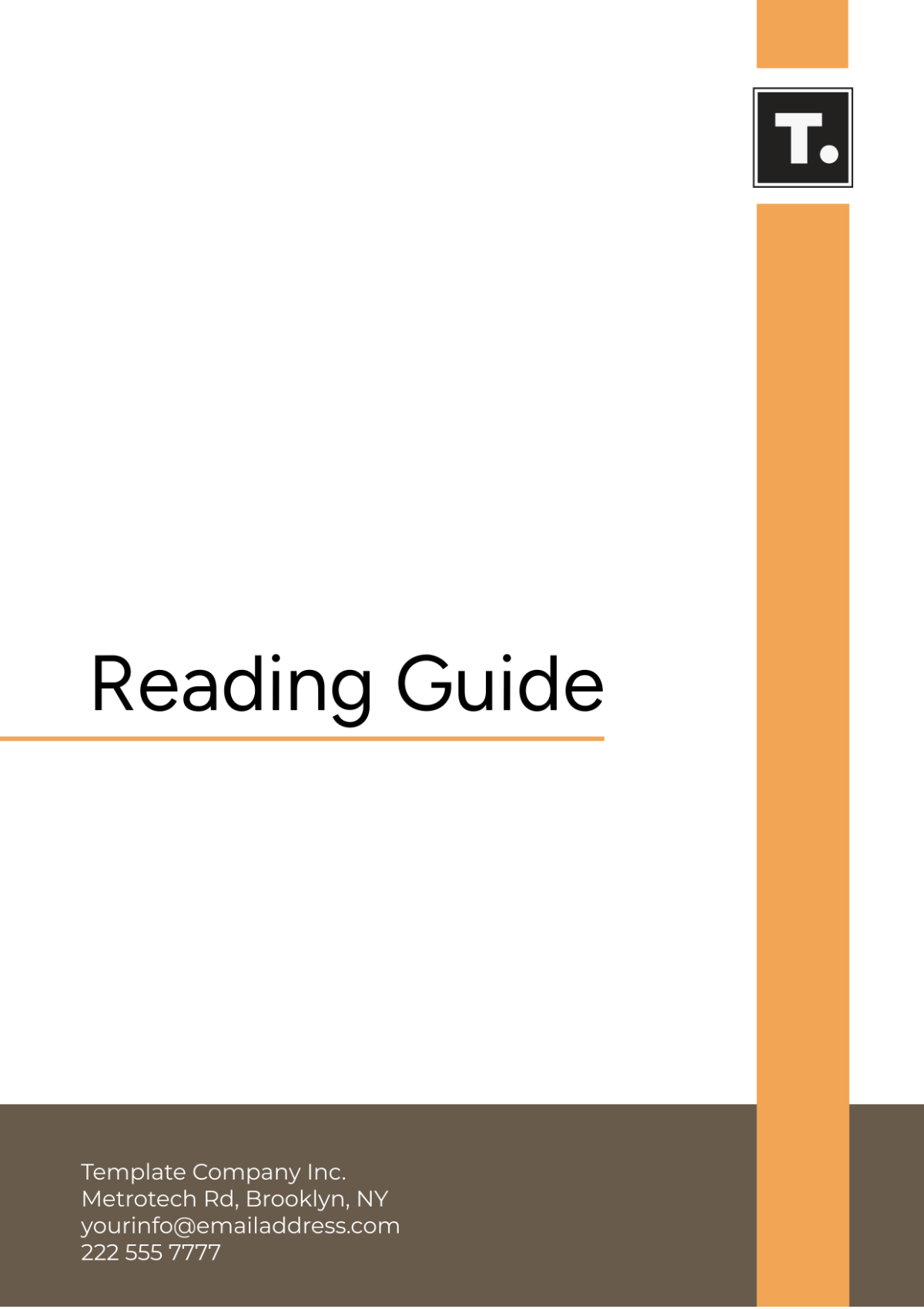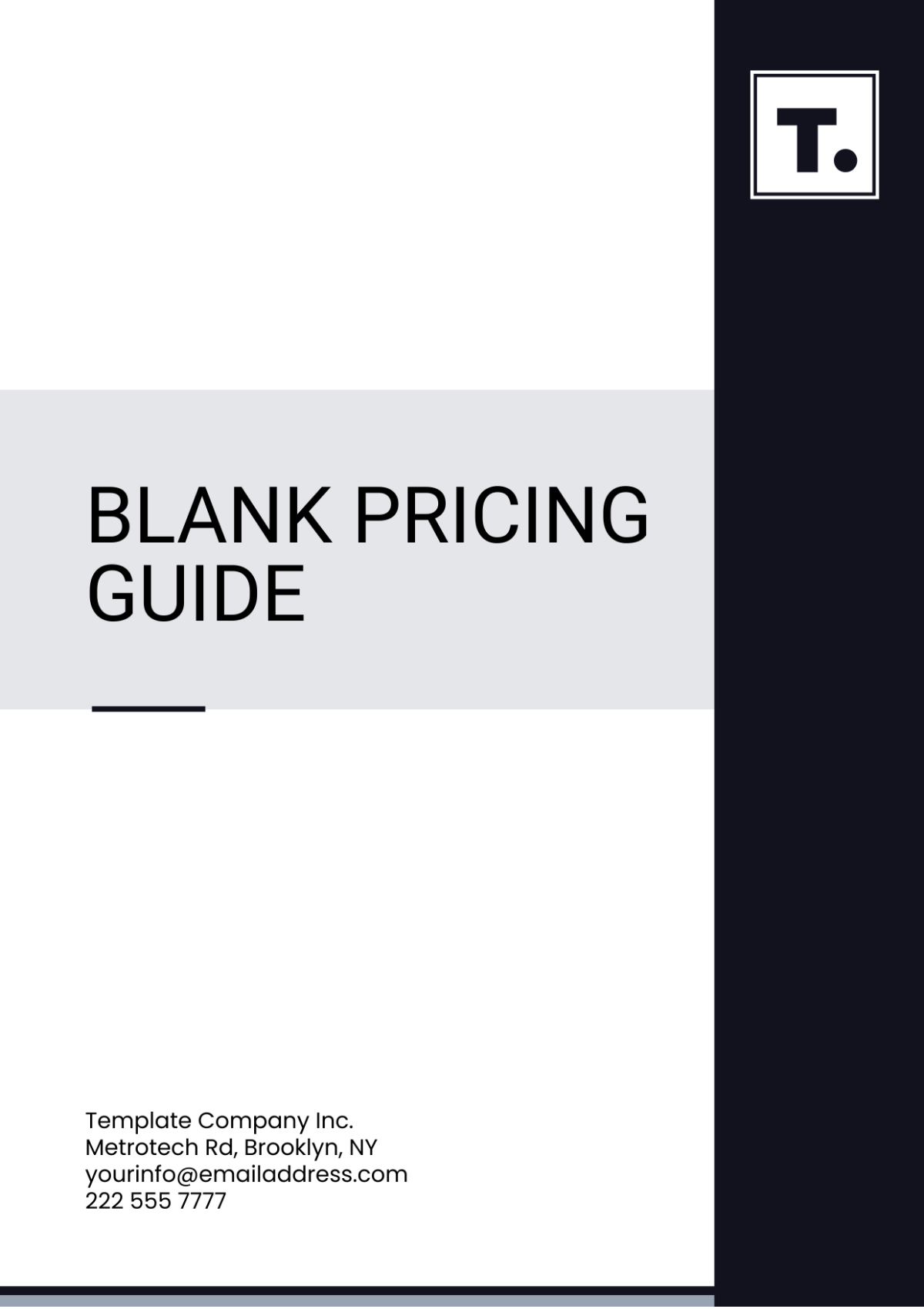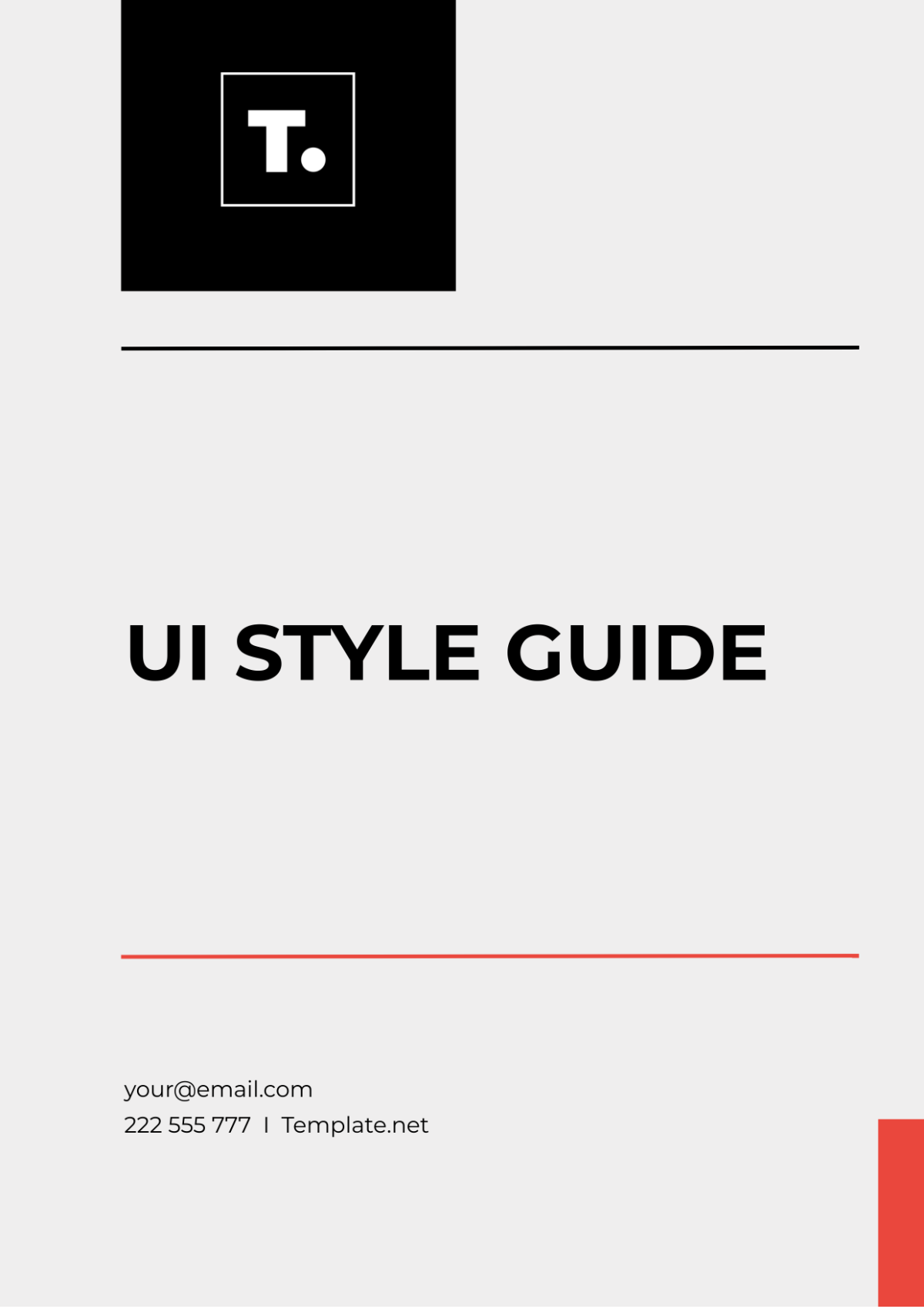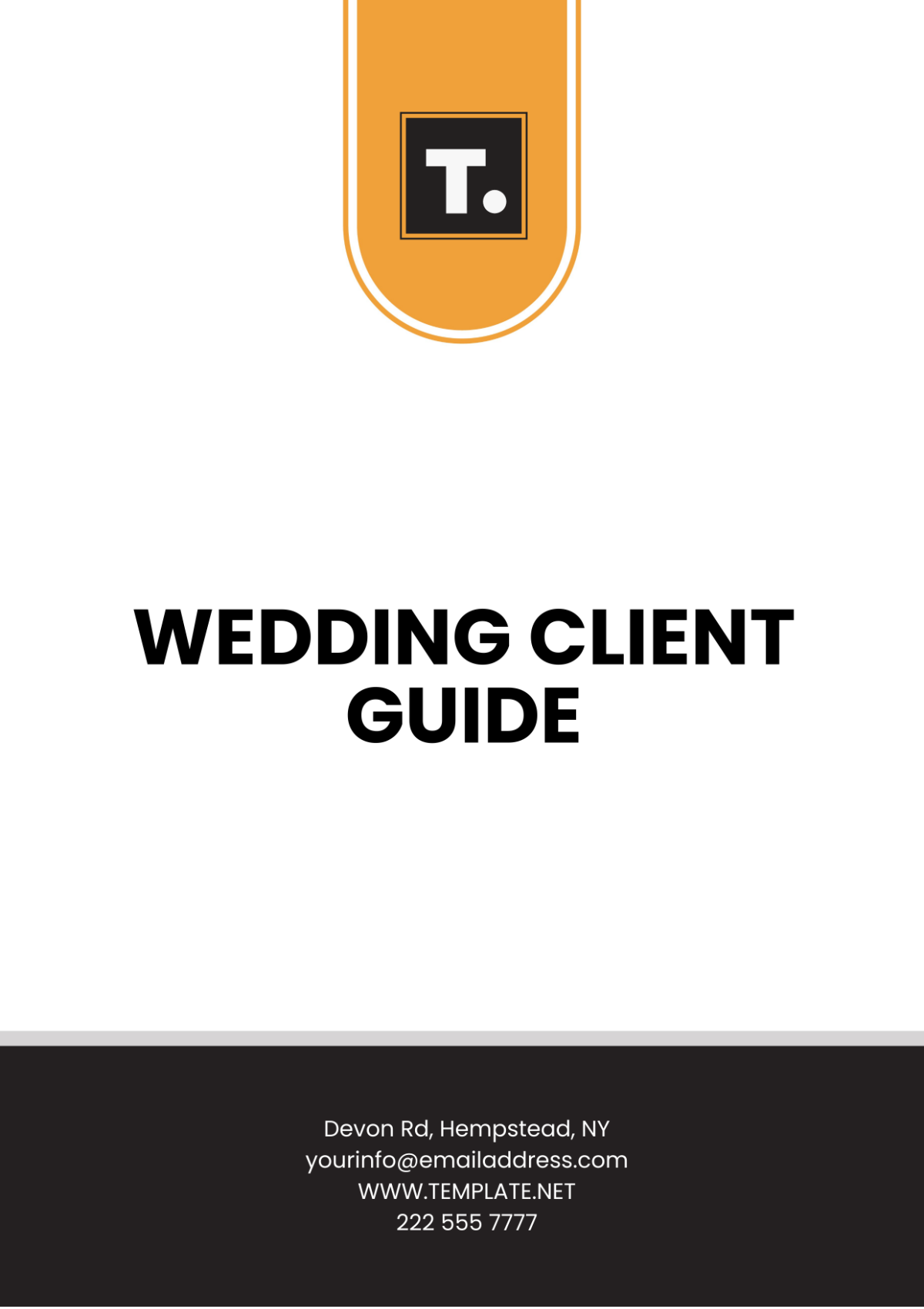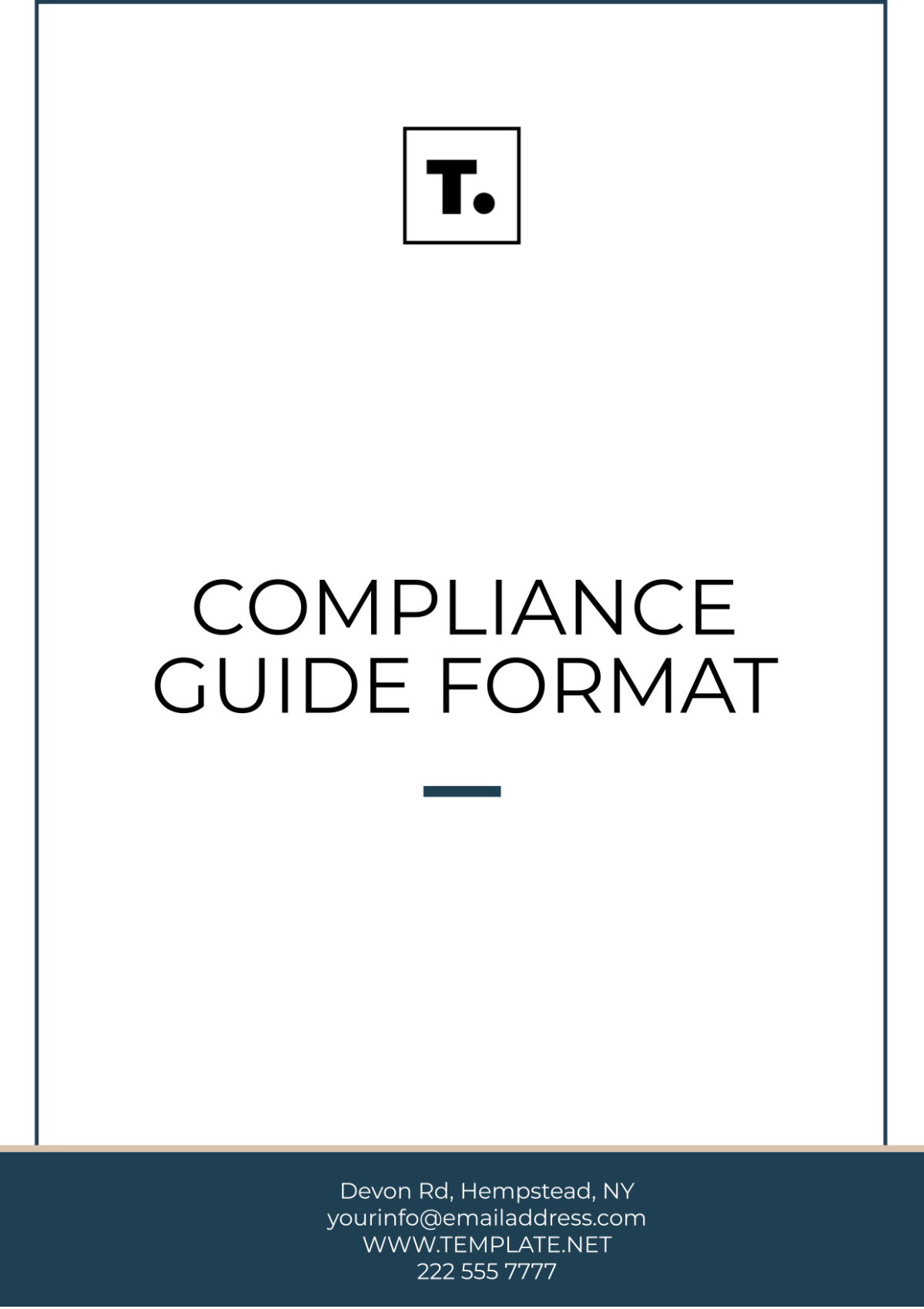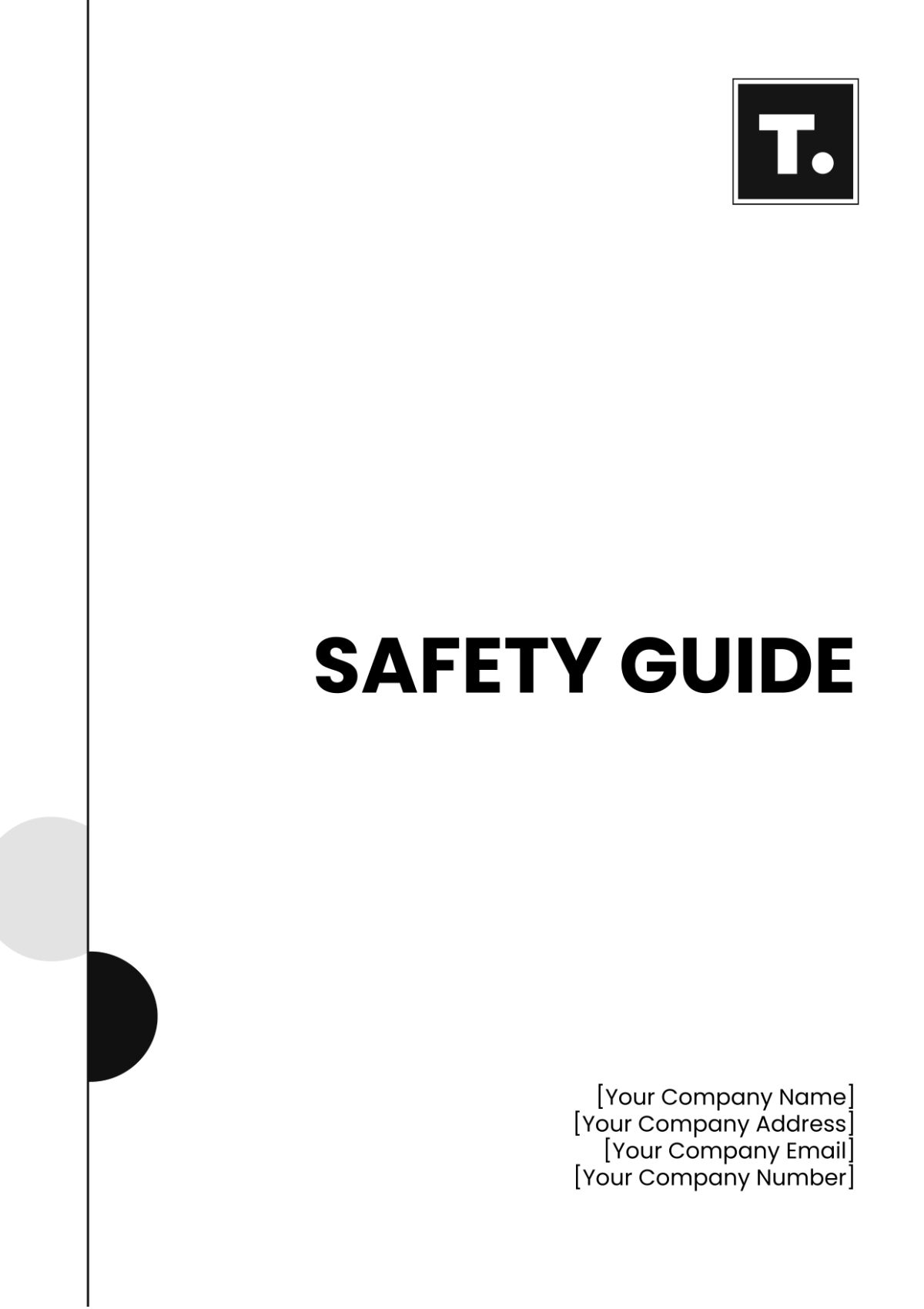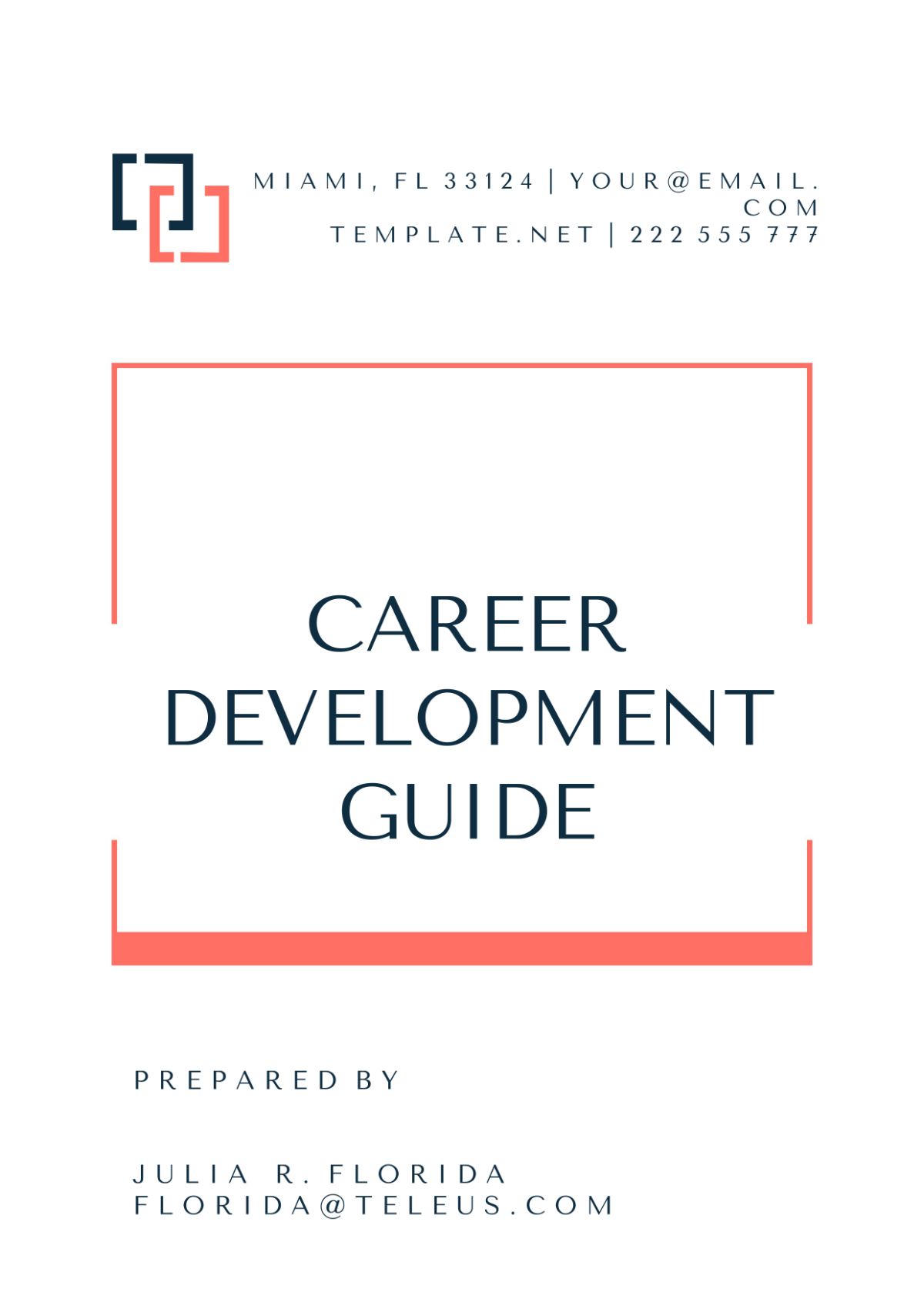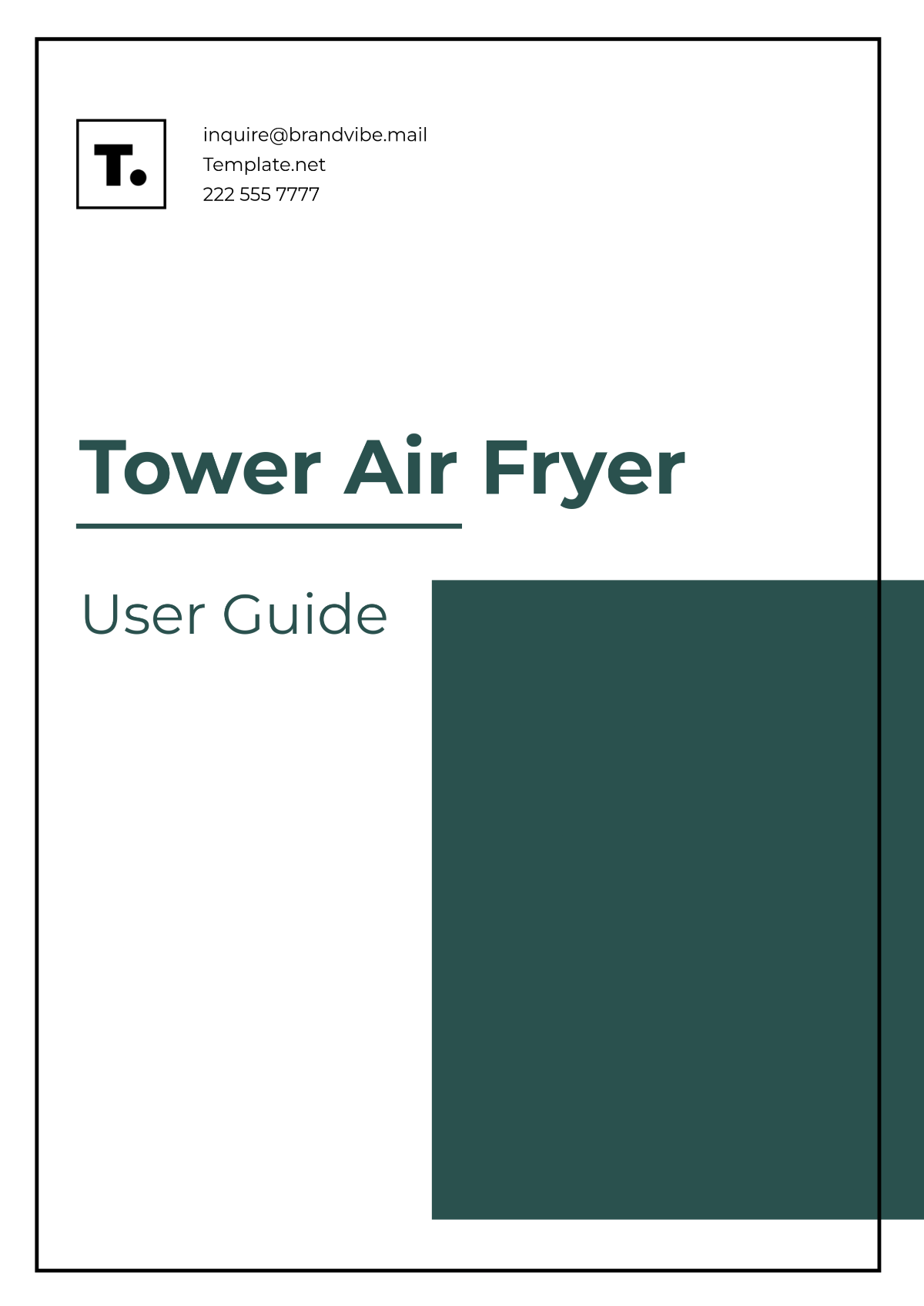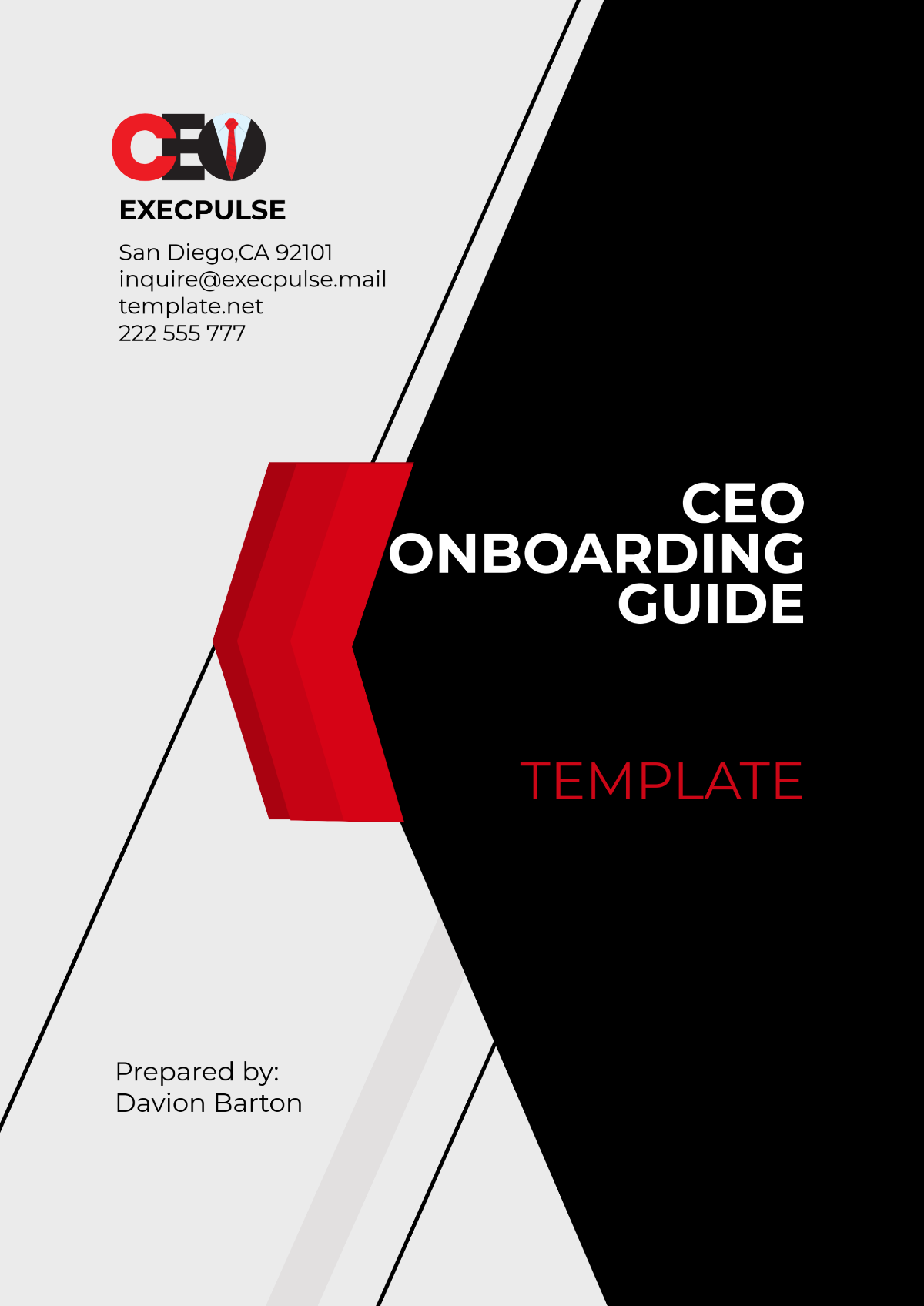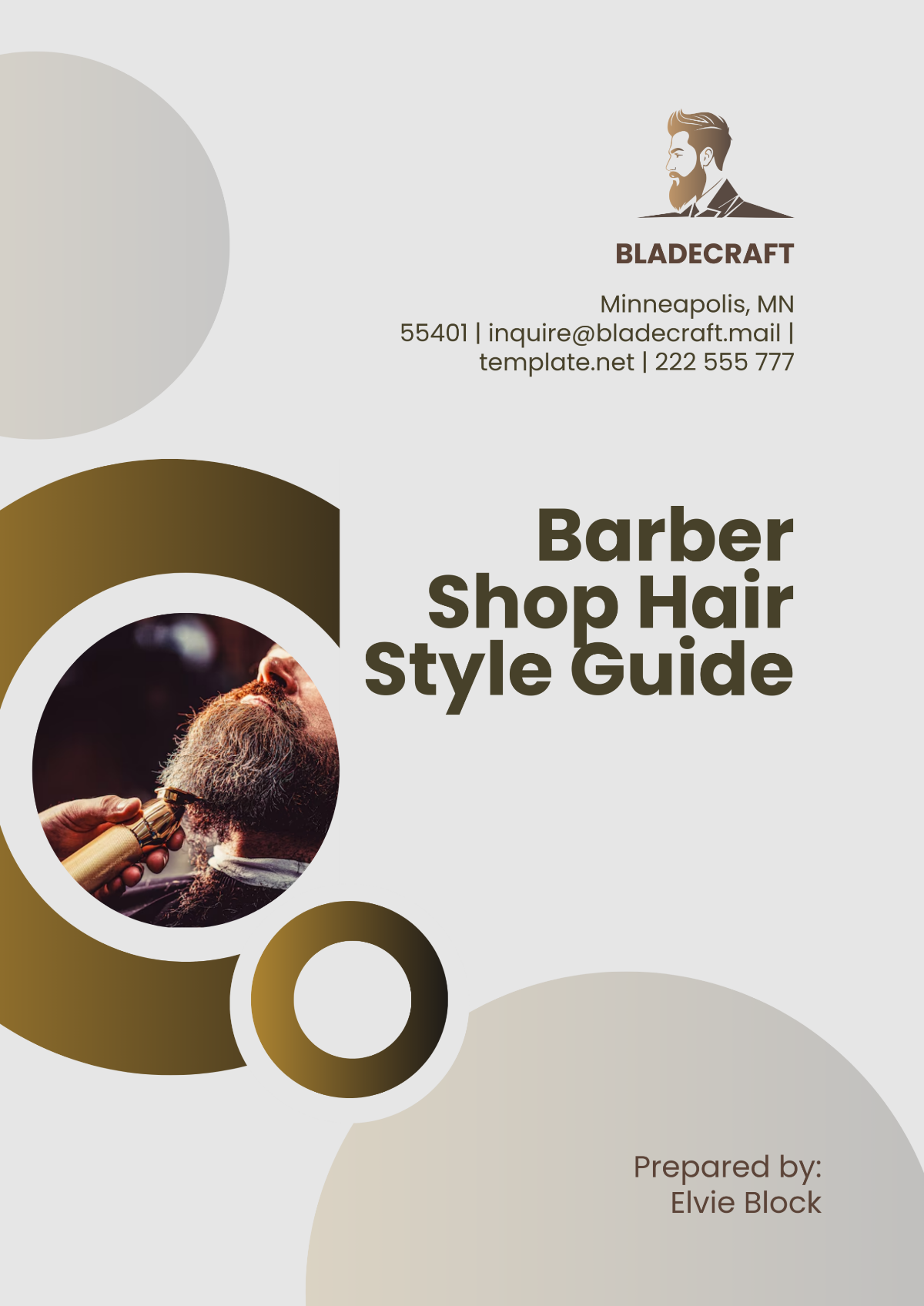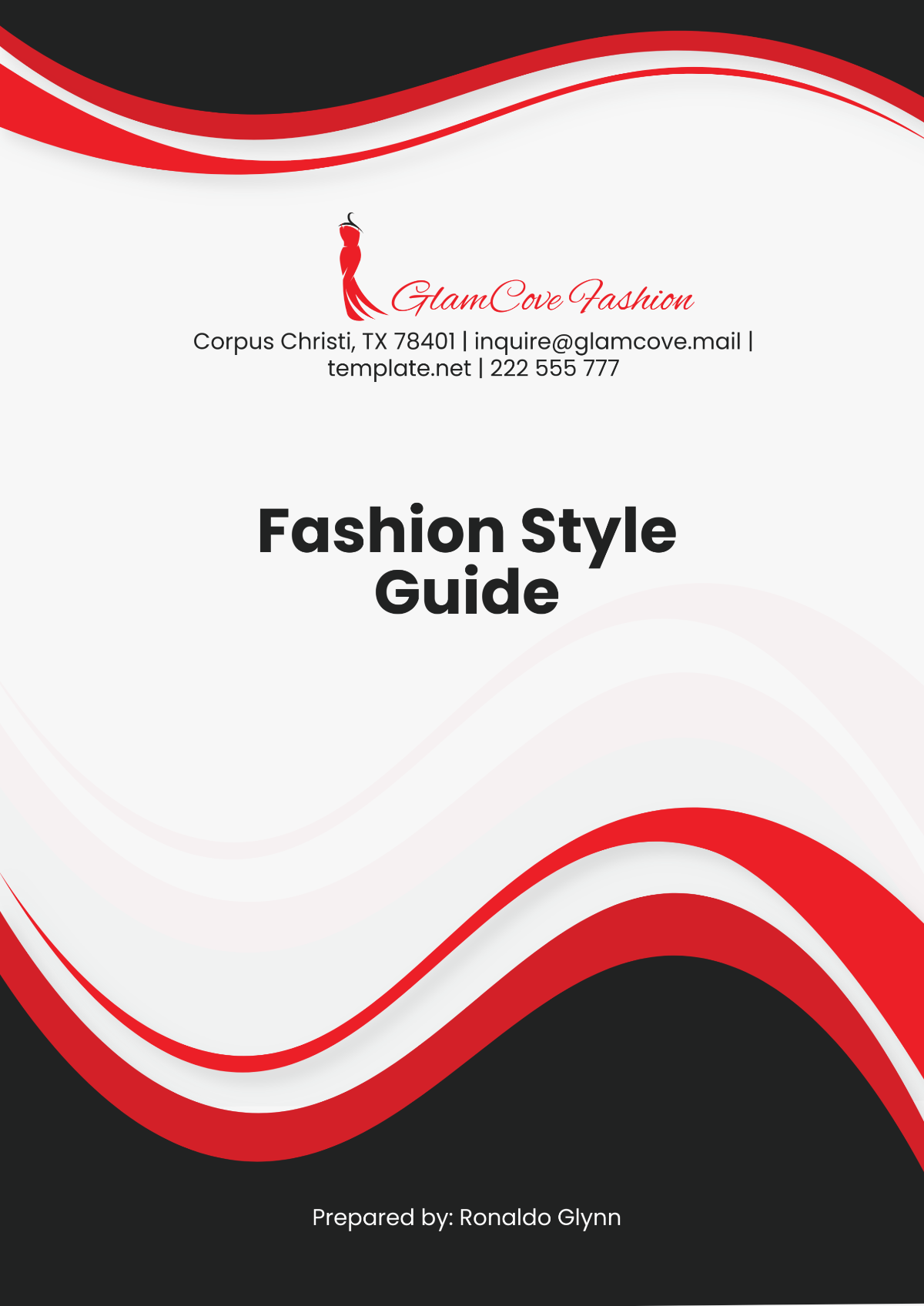Free School Content Style Guide Template
School Content Style Guide
Prepared by: | [YOUR NAME] |
School: | [YOUR SCHOOL NAME] |
Address: | [YOUR SCHOOL ADDRESS] |
Phone: | [YOUR SCHOOL NUMBER] |
I. Introduction
A. Overview
Welcome to the Content Style Guide of [YOUR SCHOOL NAME], created to standardize and enhance the quality of our communications. This guide serves as a framework for all forms of messaging across our school's platforms, including digital publications, official documents, and promotional materials.
B. Scope
This document details the stylistic elements and standards to be used in creating consistent and professional content that accurately represents the ethos of [YOUR SCHOOL NAME].
II. Tone and Voice
A. General Tone
Professional yet Approachable: Ensure that all communications effectively balance formality with accessibility, addressing our diverse community of students, parents, and staff.
Inclusive and Respectful: Adopt an inclusive language that respects and acknowledges the diversity of our school community. Use simple language to ensure clarity and understanding across all audiences.
B. Voice
Consistent and Clear: Maintain a consistent voice that conveys clarity and straightforwardness, making complex information easily digestible.
Positive and Encouraging: Emphasize a supportive and positive tone that reflects our commitment to fostering a nurturing educational environment.
III. Formatting Guidelines
A. Typography
Primary Typeface: Define the primary typeface for headers and body text. For example, use [PRIMARY TYPEFACE] for headings and [SECONDARY TYPEFACE] for body text.
Font Size and Hierarchy: Establish a hierarchy with specific font sizes. For instance, use 16pt for body text, 20pt for subheadings, and 24pt for main headings.
B. Color Scheme
Primary Colors: Outline the primary colors of the school's branding palette, such as [COLOR 1] and [COLOR 2].
Secondary Colors: Describe secondary colors that complement the primary palette.
Usage Guidelines: Provide clear rules on how to appropriately use these colors in various types of content to maintain visual consistency.
IV. Writing Style
A. Grammar and Punctuation
Voice: Advocate for the use of active voice to create engaging and direct sentences.
Tenses: Standardize the use of tenses, preferring present tense for ongoing relevance and past tense for historical context.
Punctuation: Emphasize the consistent use of punctuation, including the Oxford comma for list clarity.
B. Editorial Guidelines
Abbreviations and Acronyms: First full mention should be followed by the abbreviation in parentheses, e.g., Parent Teacher Association (PTA). Use the abbreviation thereafter.
Numbers: Spell out numbers one through nine and use numerals for 10 and above, except where numbers appear in titles or lists.
V. Multimedia and Visual Elements
A. Image Use
Quality and Relevance: Utilize only high-resolution images that are directly relevant to the content. Always include alt text for accessibility.
Permissions and Credits: Ensure that all images are used with permission, and provide appropriate credits when necessary.
B. Video and Audio
Quality Standards: Commit to using only high-quality video and audio materials.
Accessibility: Include subtitles for videos and transcripts for audio to cater to all community members, ensuring accessibility.
VI. Web Content Standards
A. Readability
Scannability: Design web content to be easy to scan with the use of bullet points, lists, and concise paragraphs.
Links: Ensure that hyperlinks are descriptive and distinguishable from the surrounding text, enhancing usability and SEO.
B. SEO Best Practices
Keywords: Integrate relevant keywords smoothly into content to aid in search engine optimization.
Meta Descriptions: Craft clear and concise meta descriptions for web pages to improve visibility and click-through rates.
VII. Conclusion
This guide is a dynamic document that reflects the ongoing evolution of [YOUR SCHOOL NAME]'s communication practices. It is crucial for maintaining the consistency and professionalism of our communications.
Compliance and Updates
Review and Update: This guide should be reviewed annually to ensure it remains current with communication trends and technology advancements.
Adherence: All team members are encouraged to adhere to these guidelines to uphold the integrity and professionalism of [YOUR SCHOOL NAME]'s communications.
